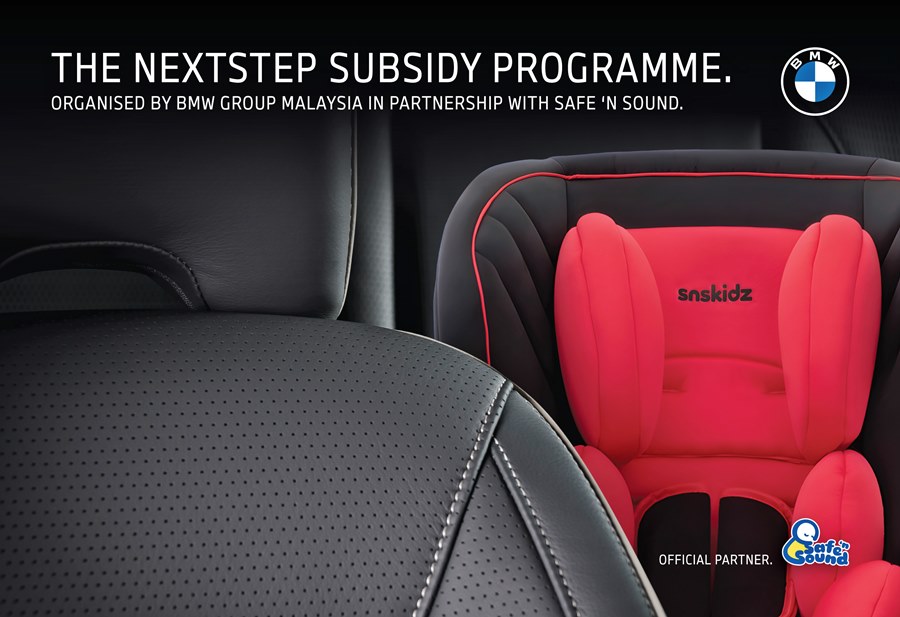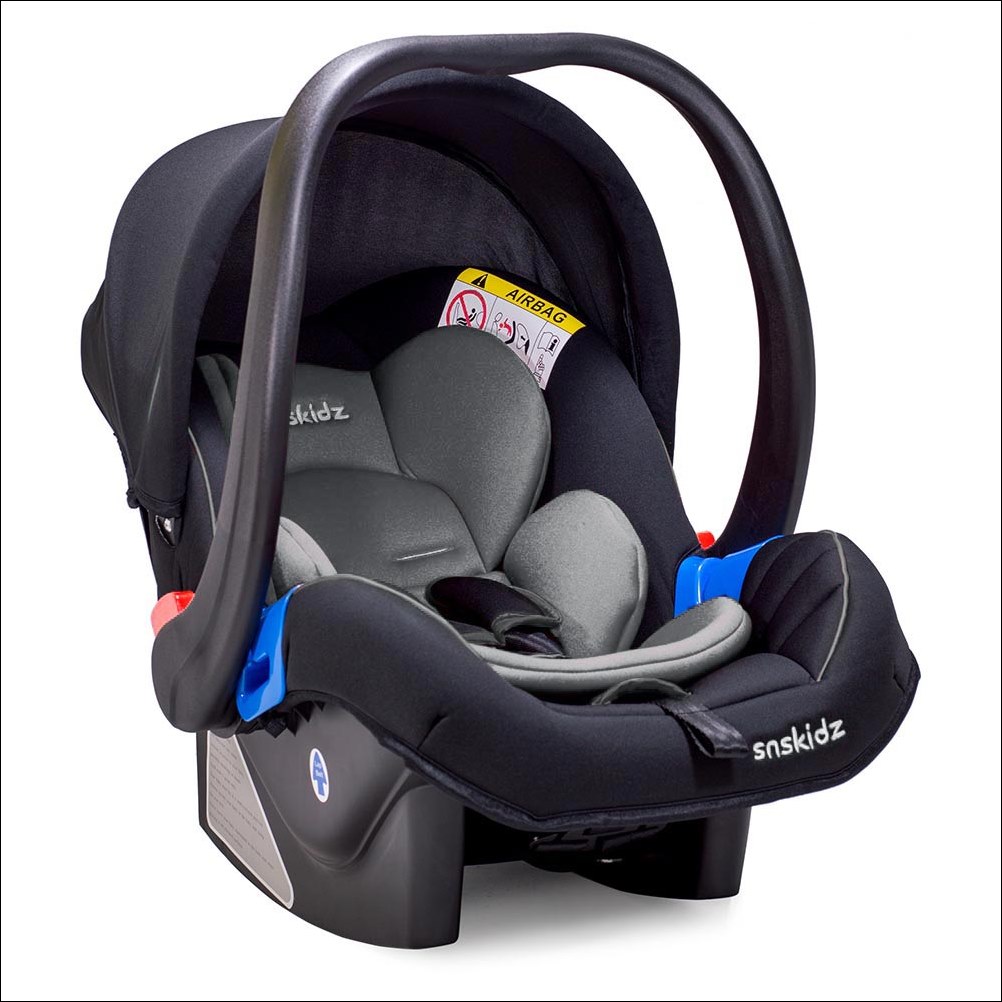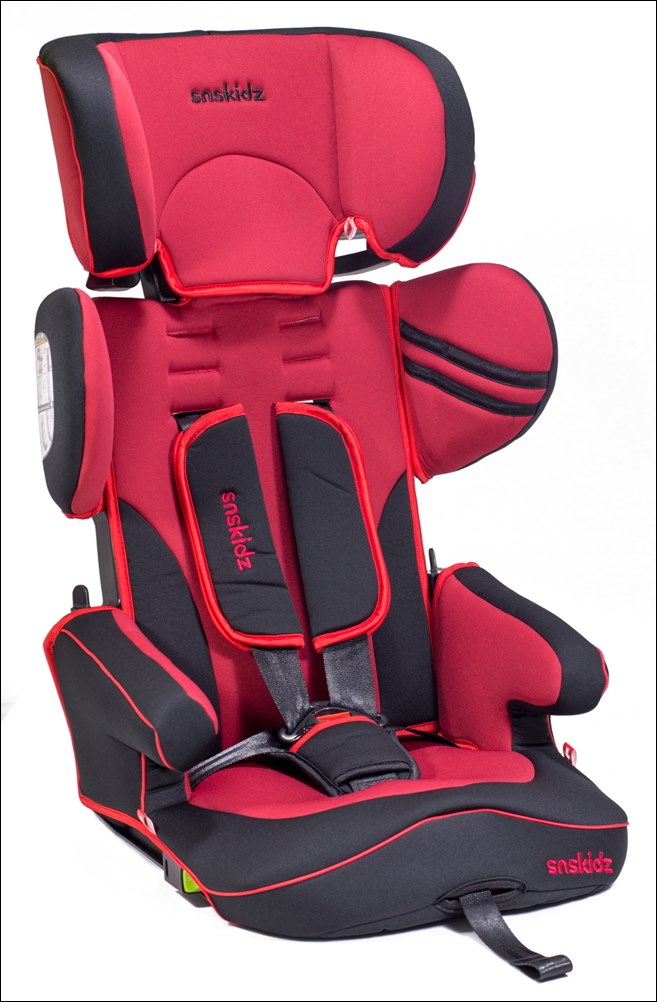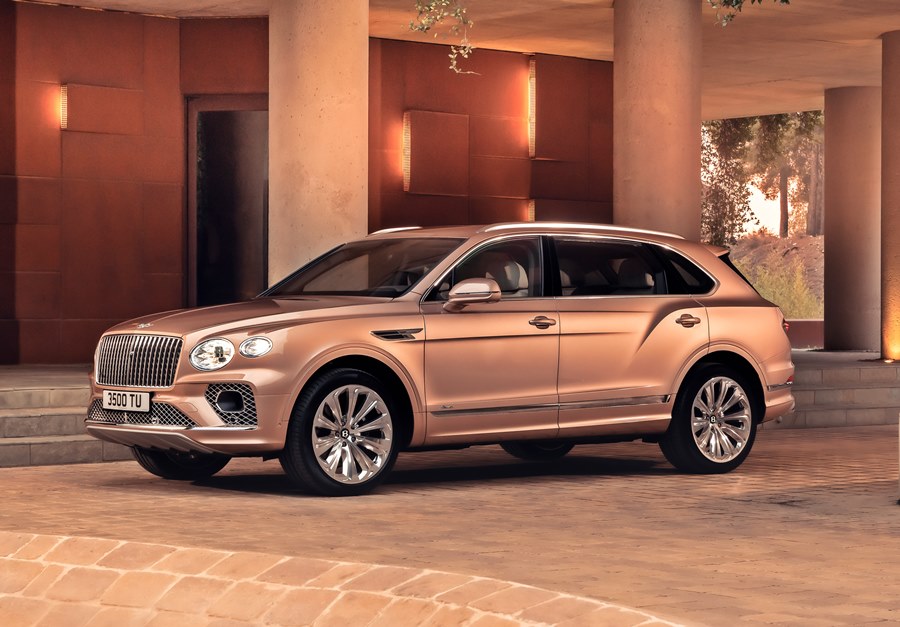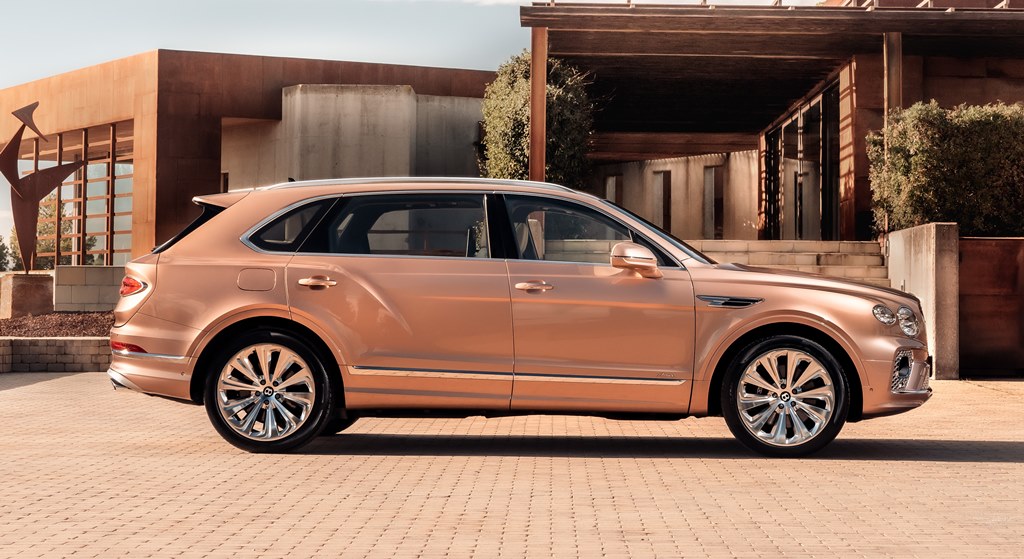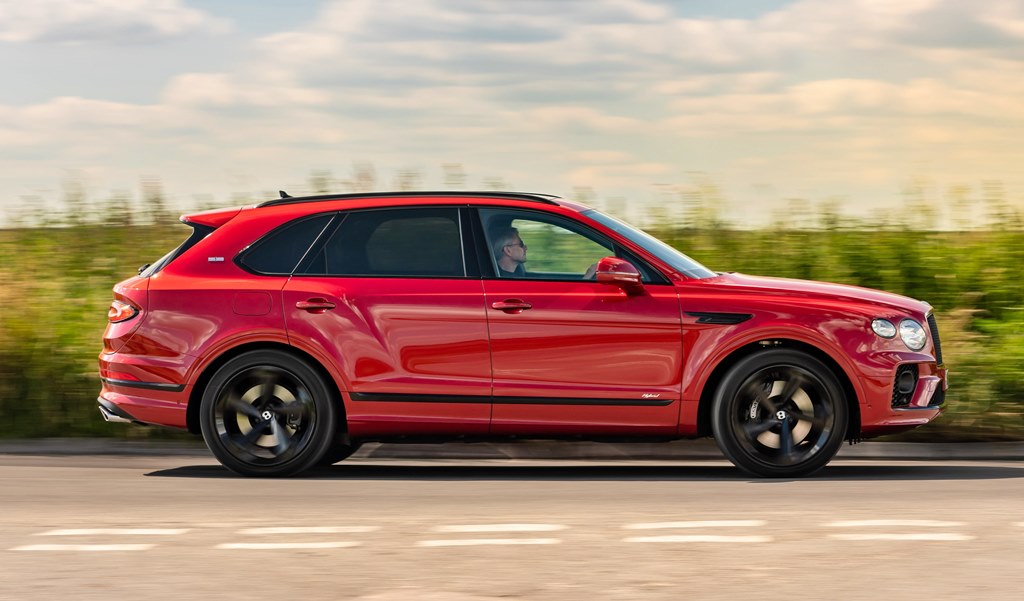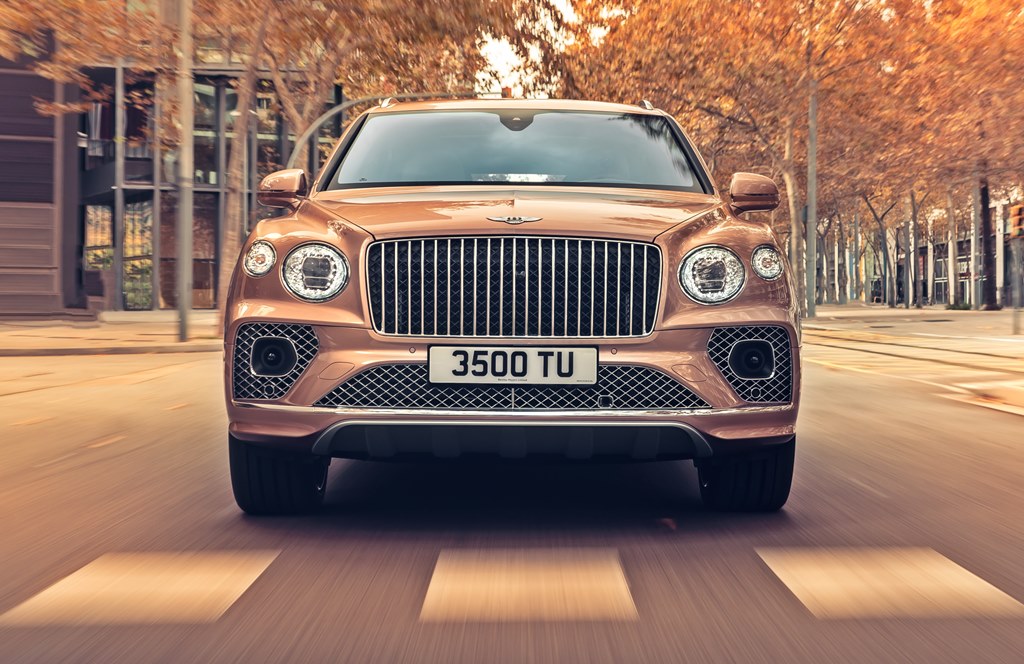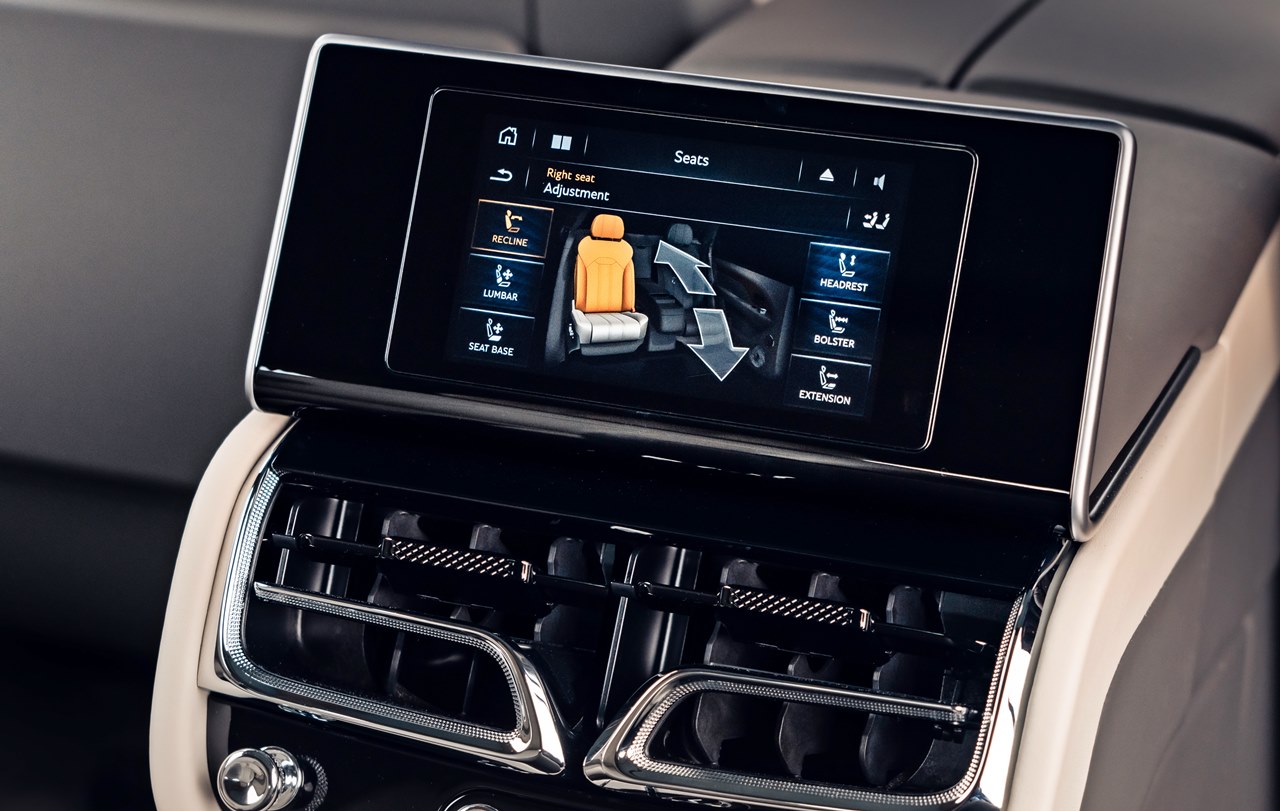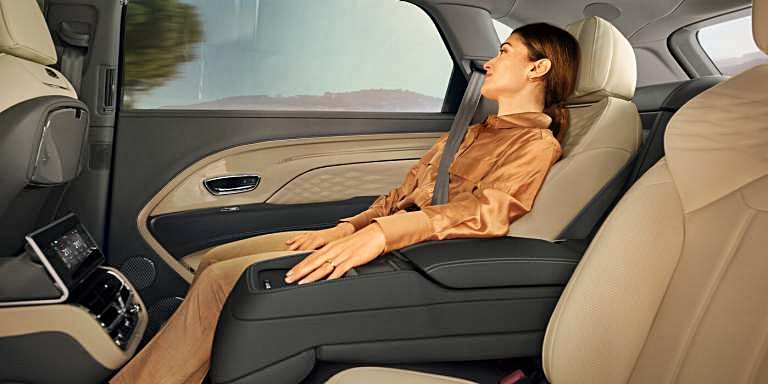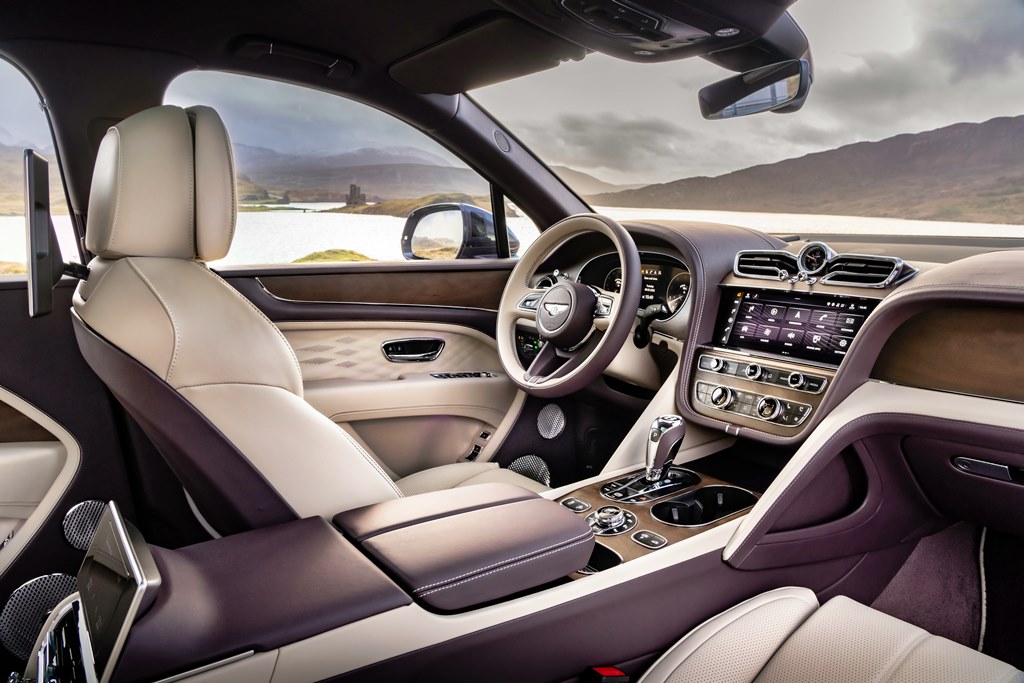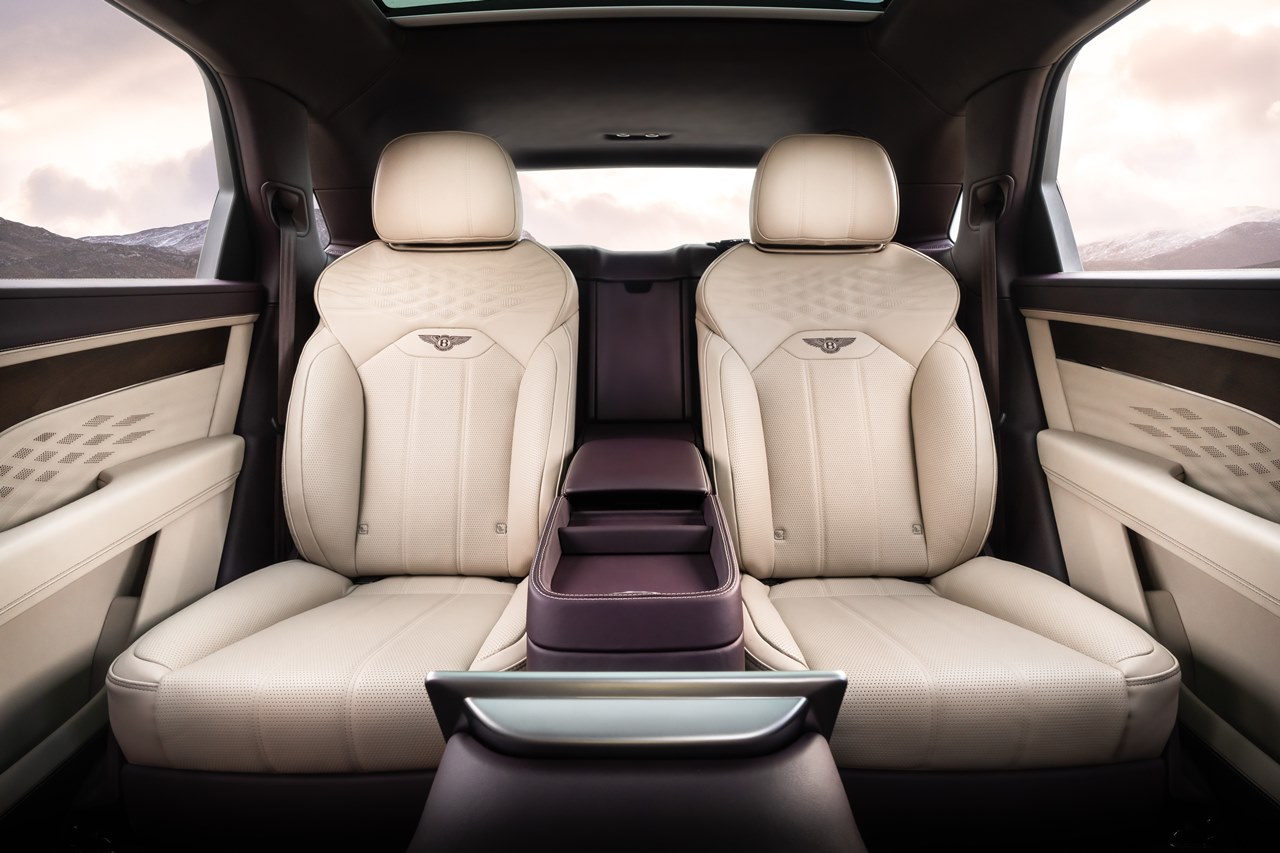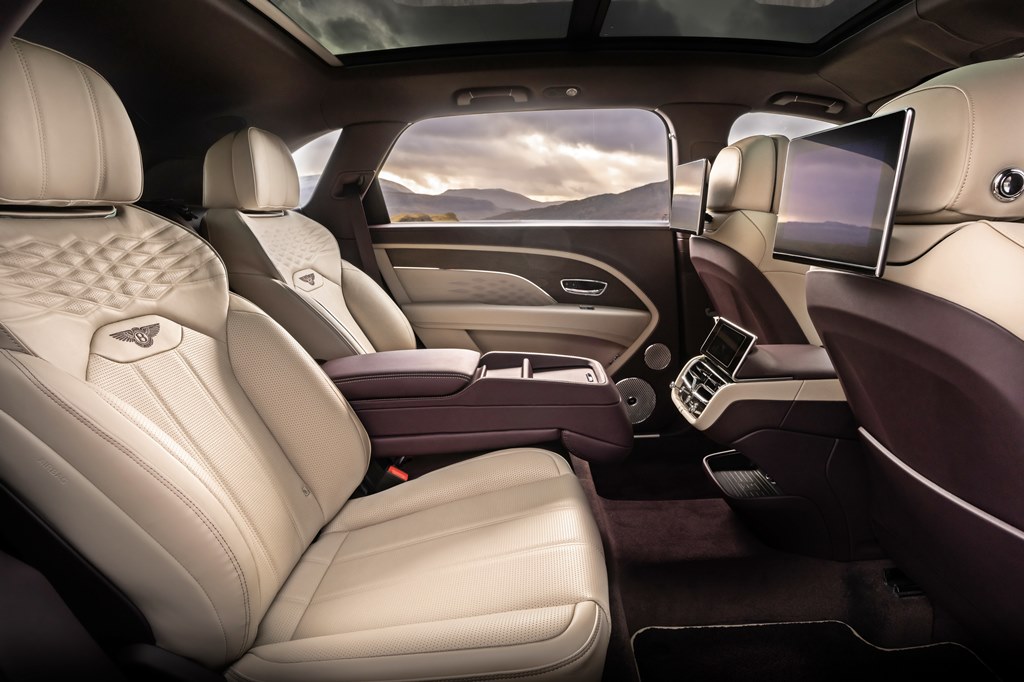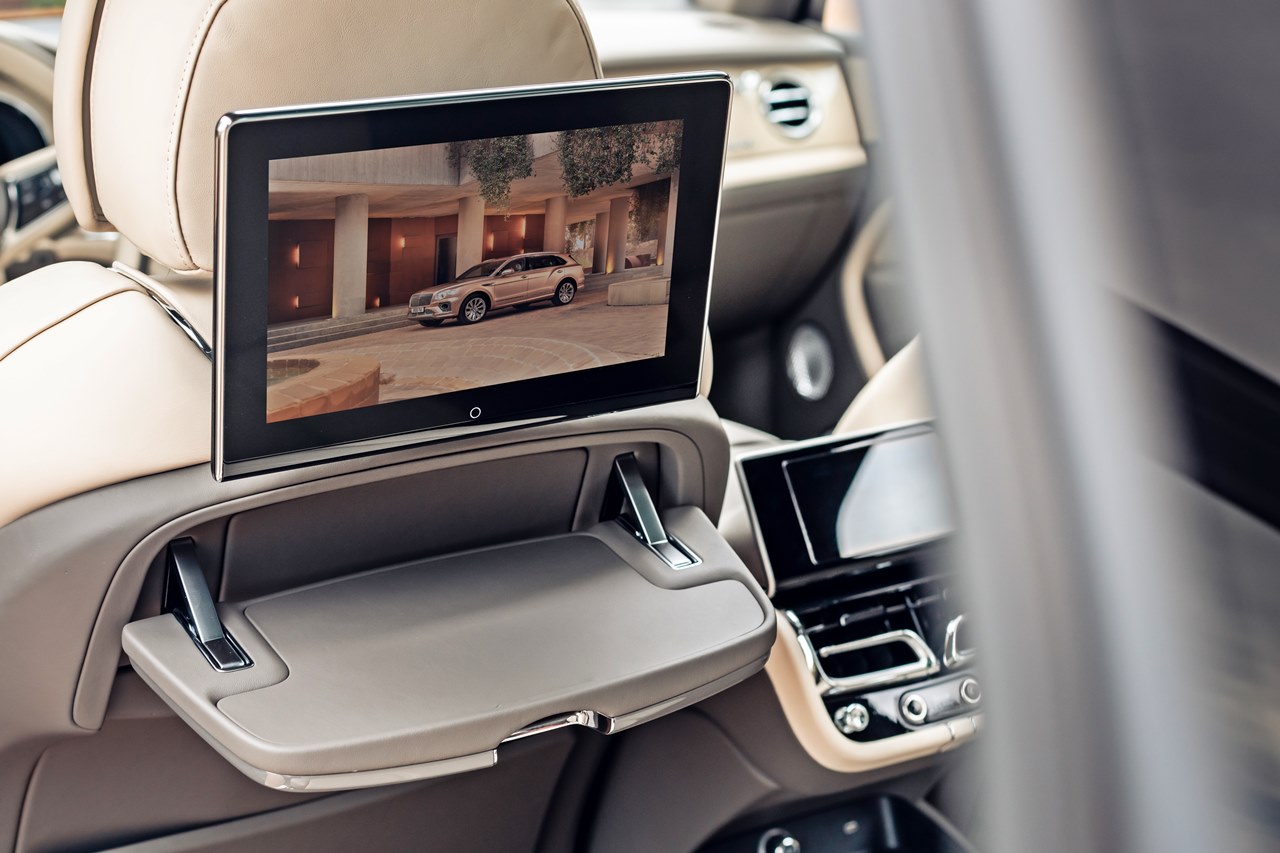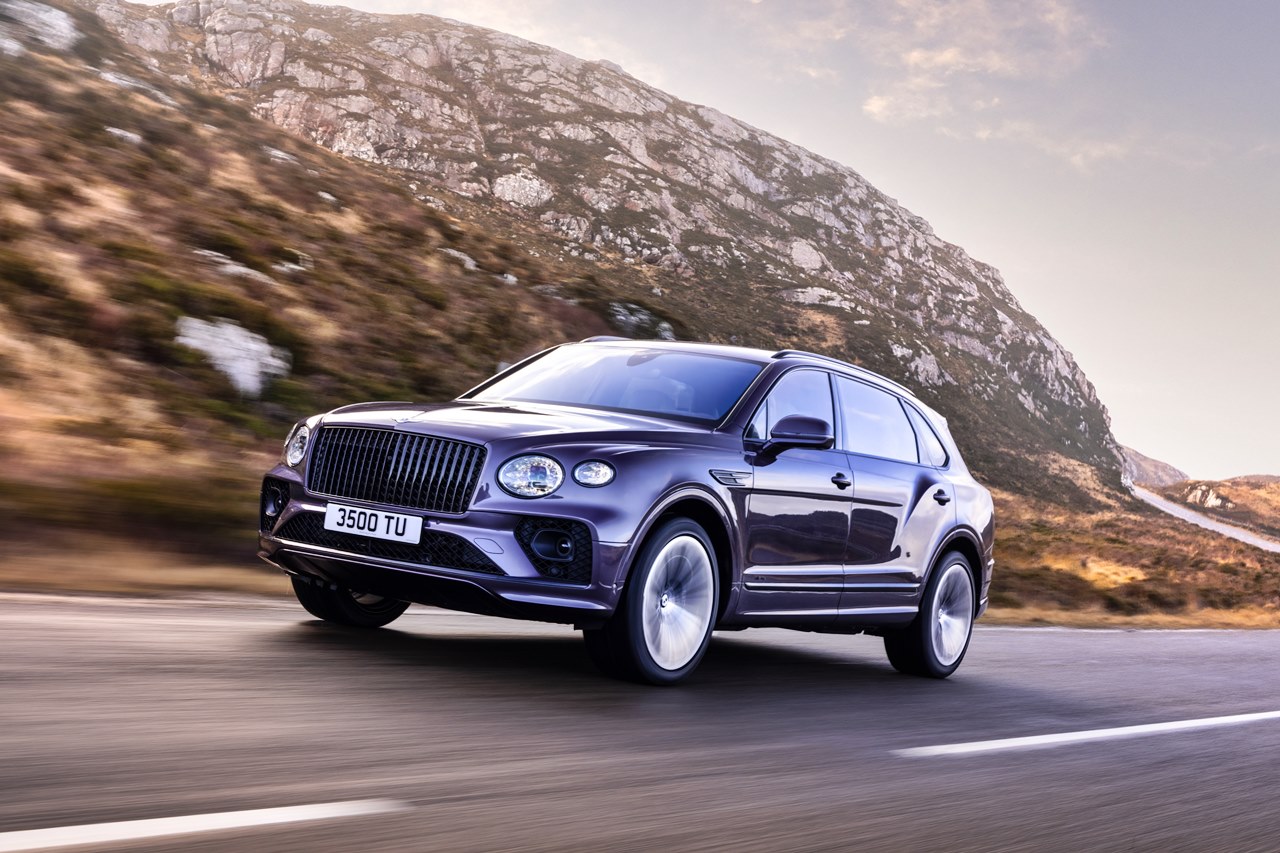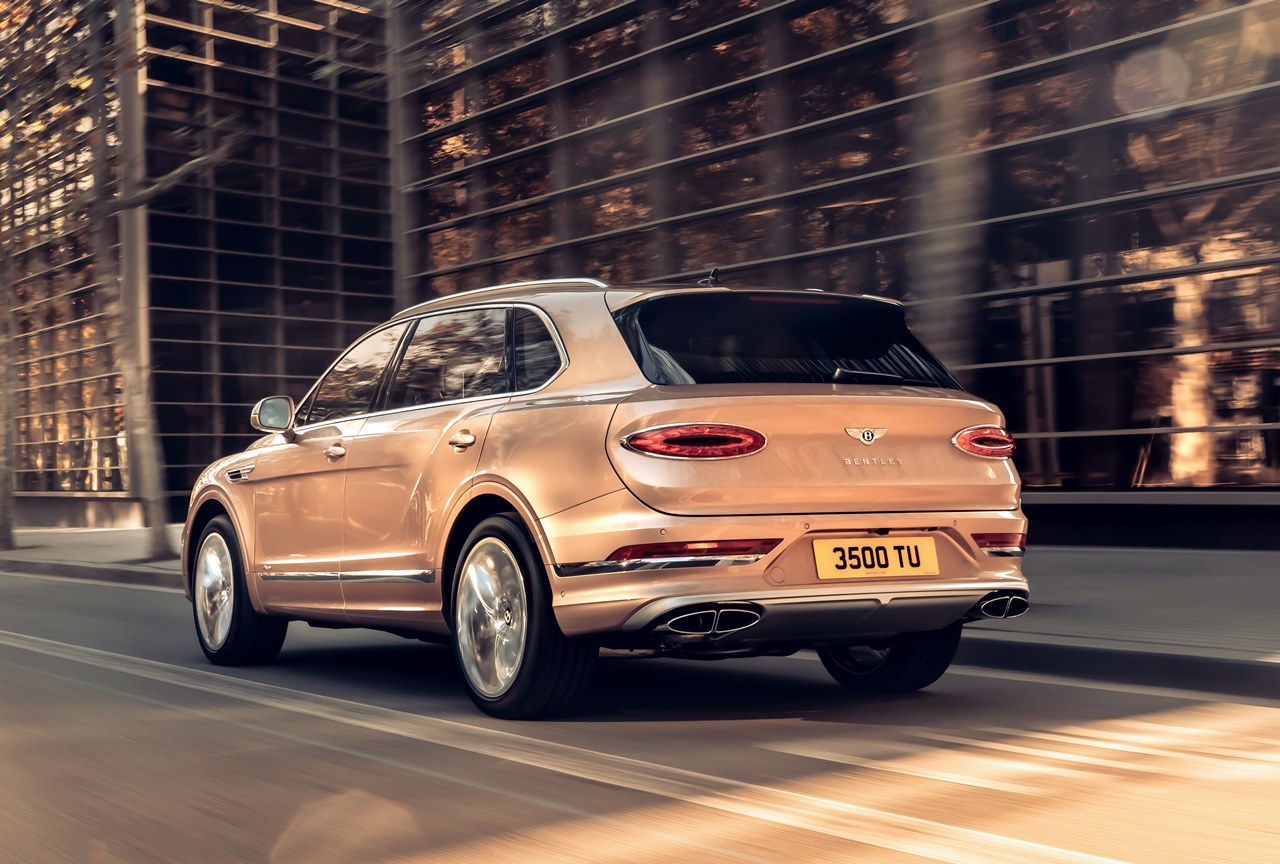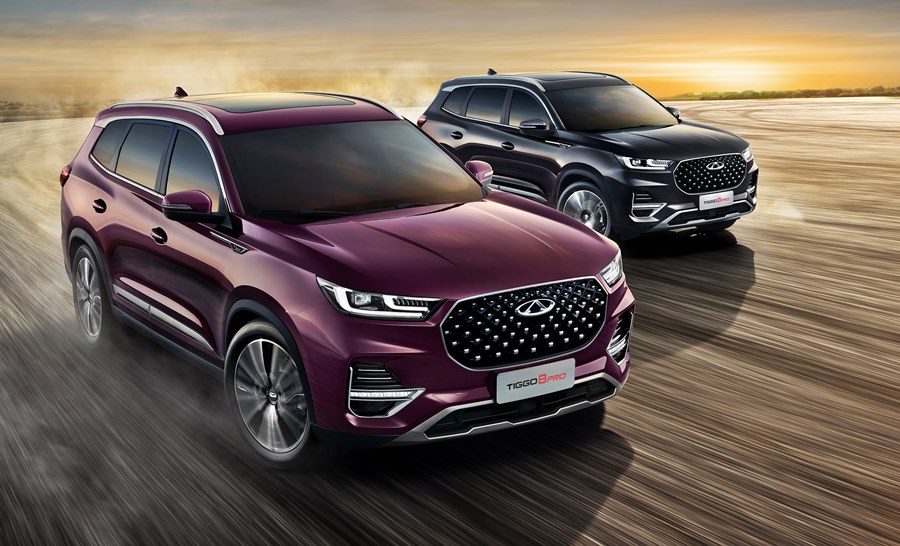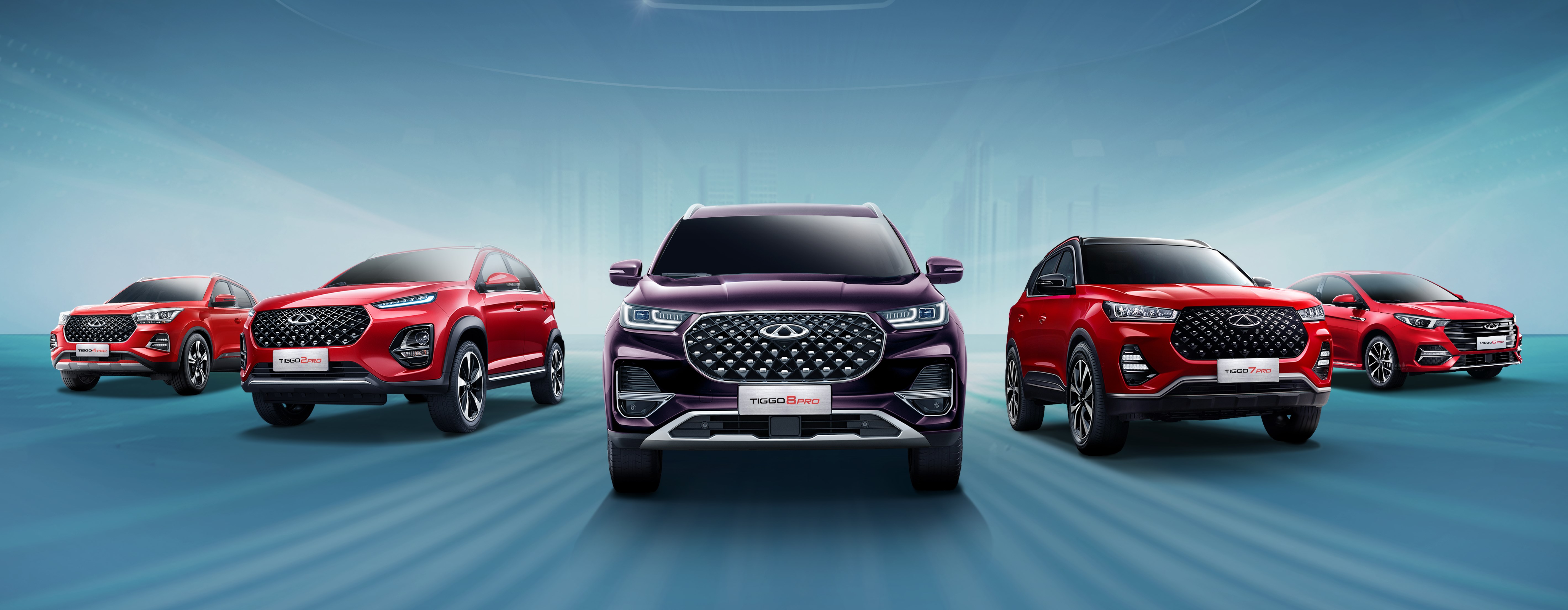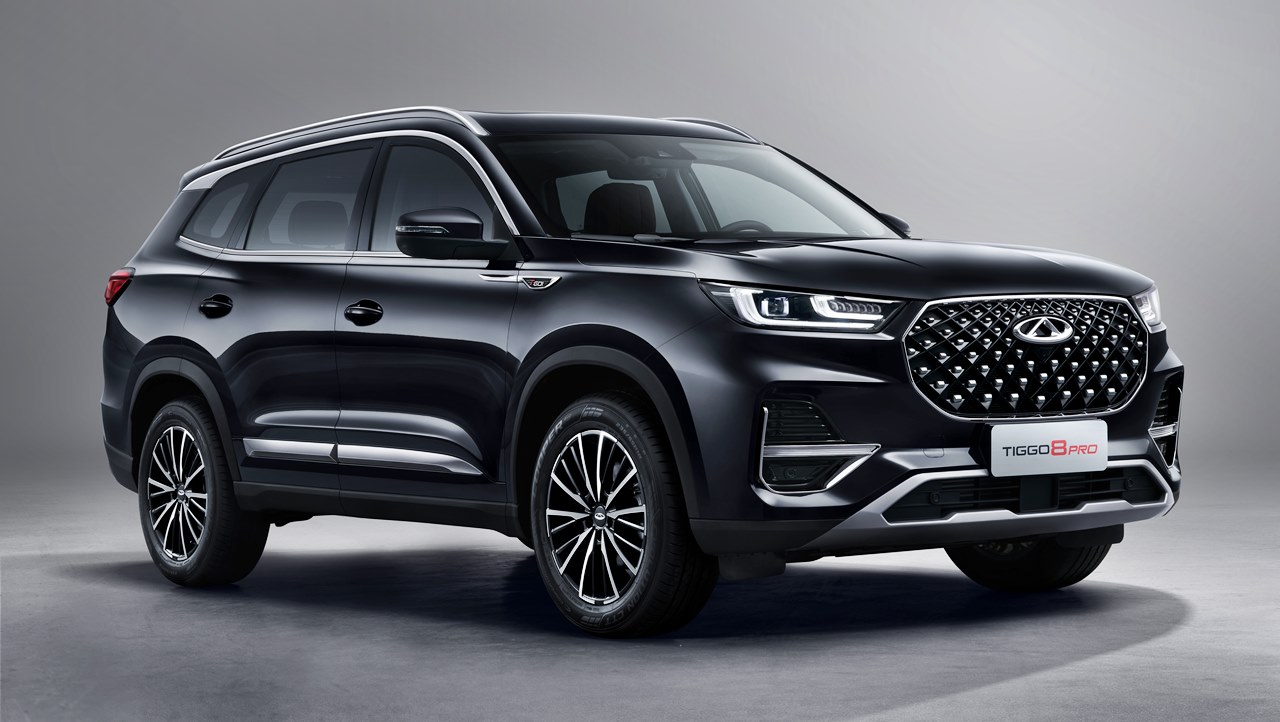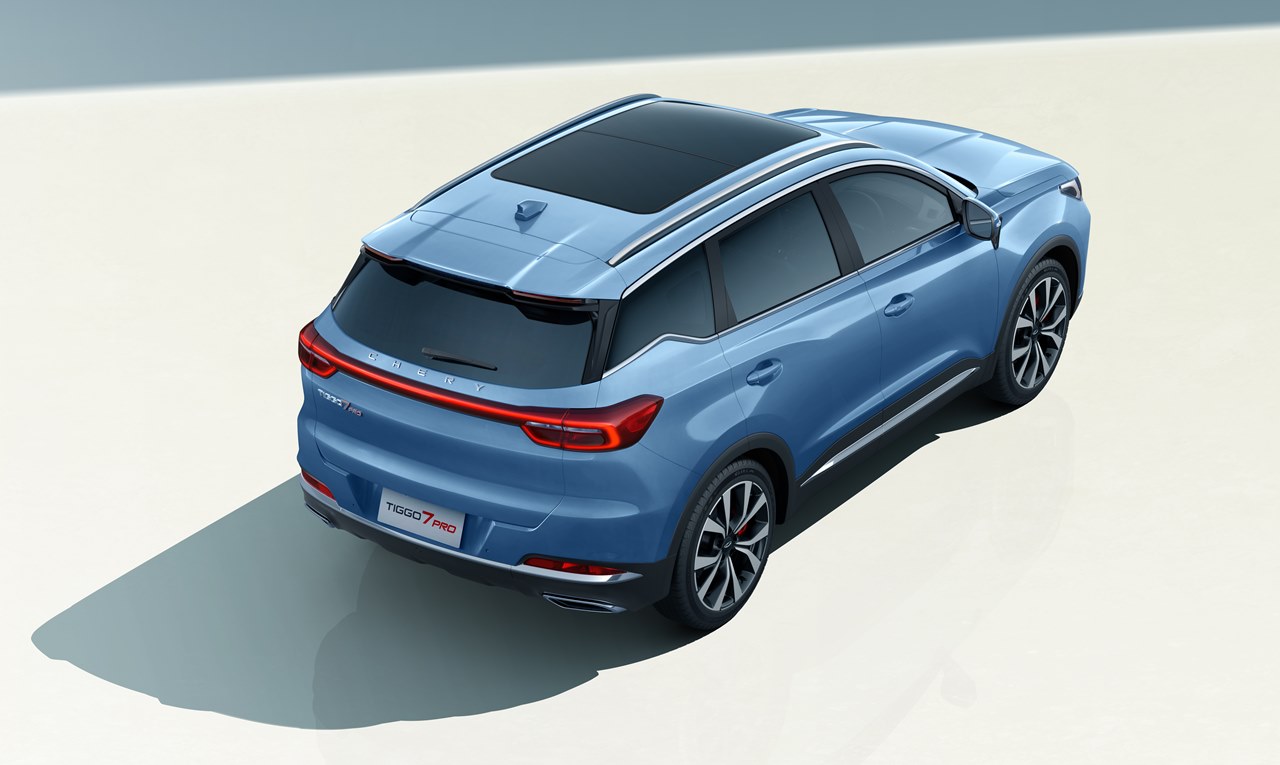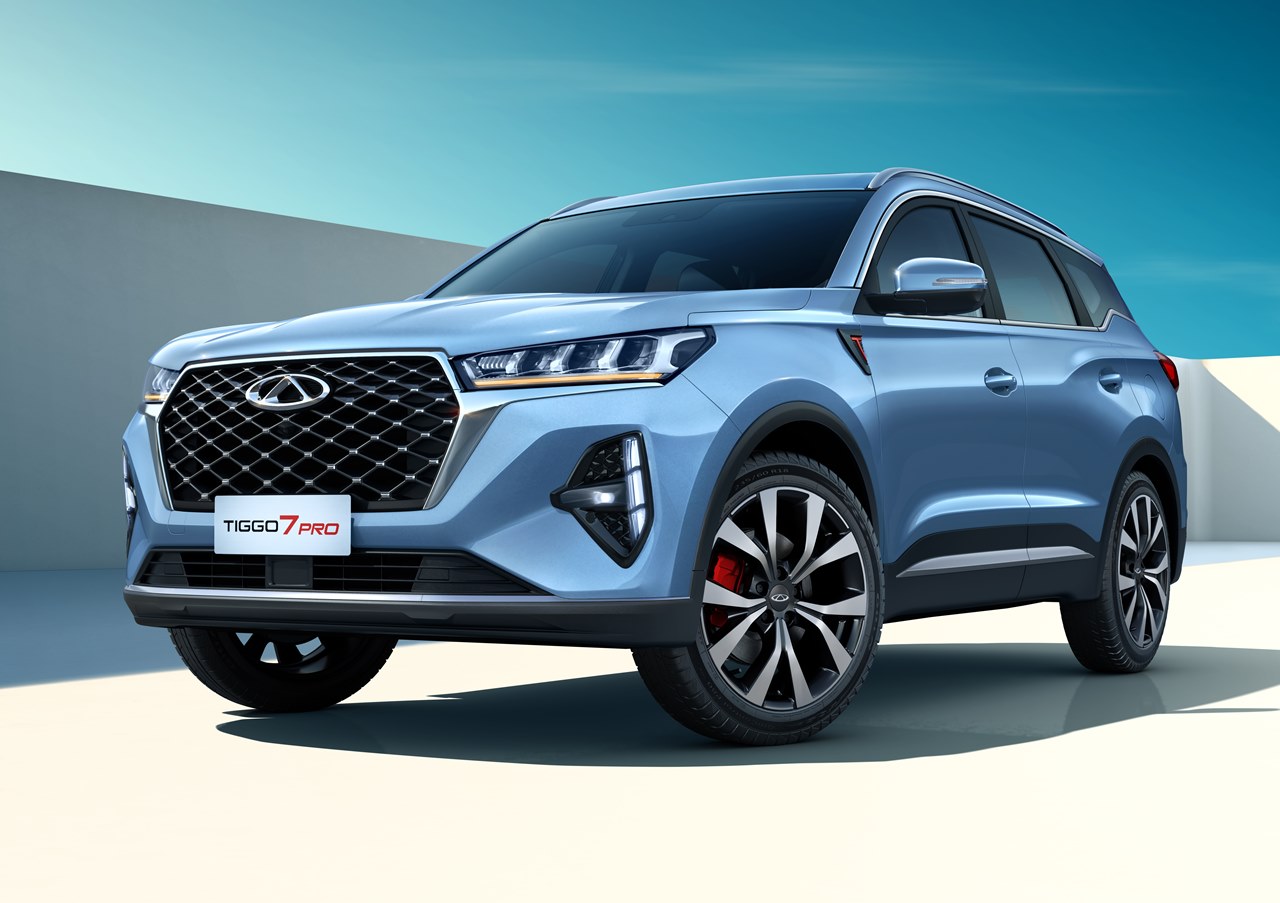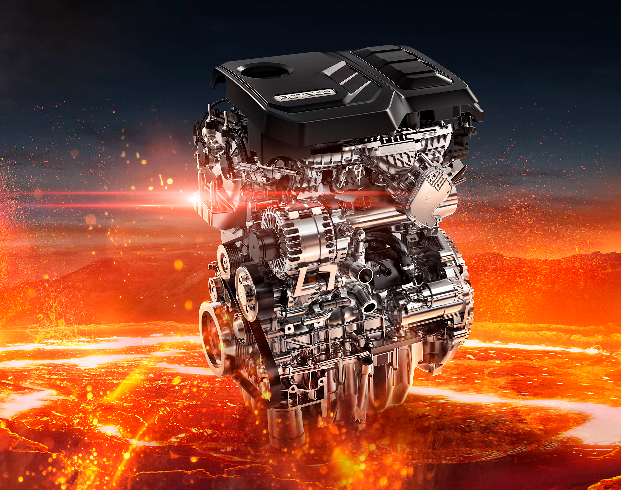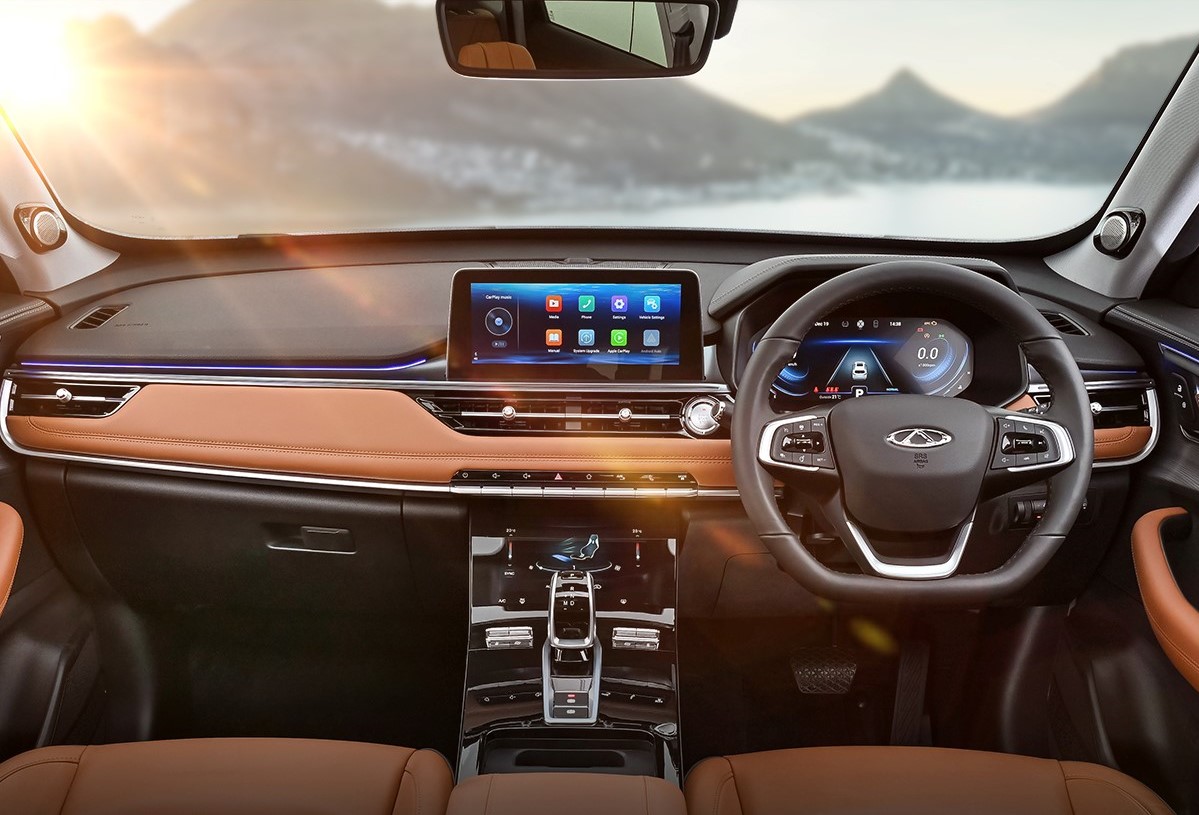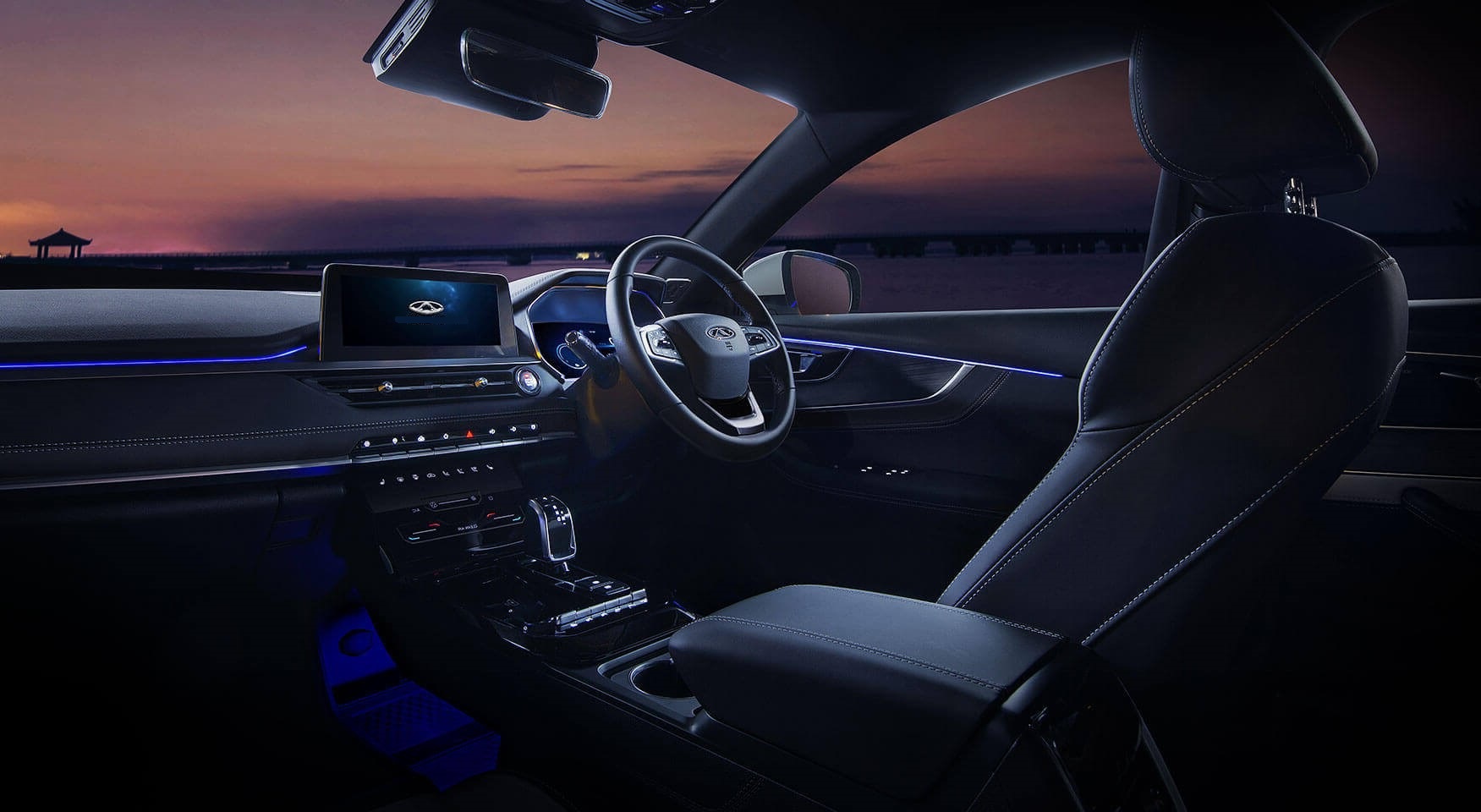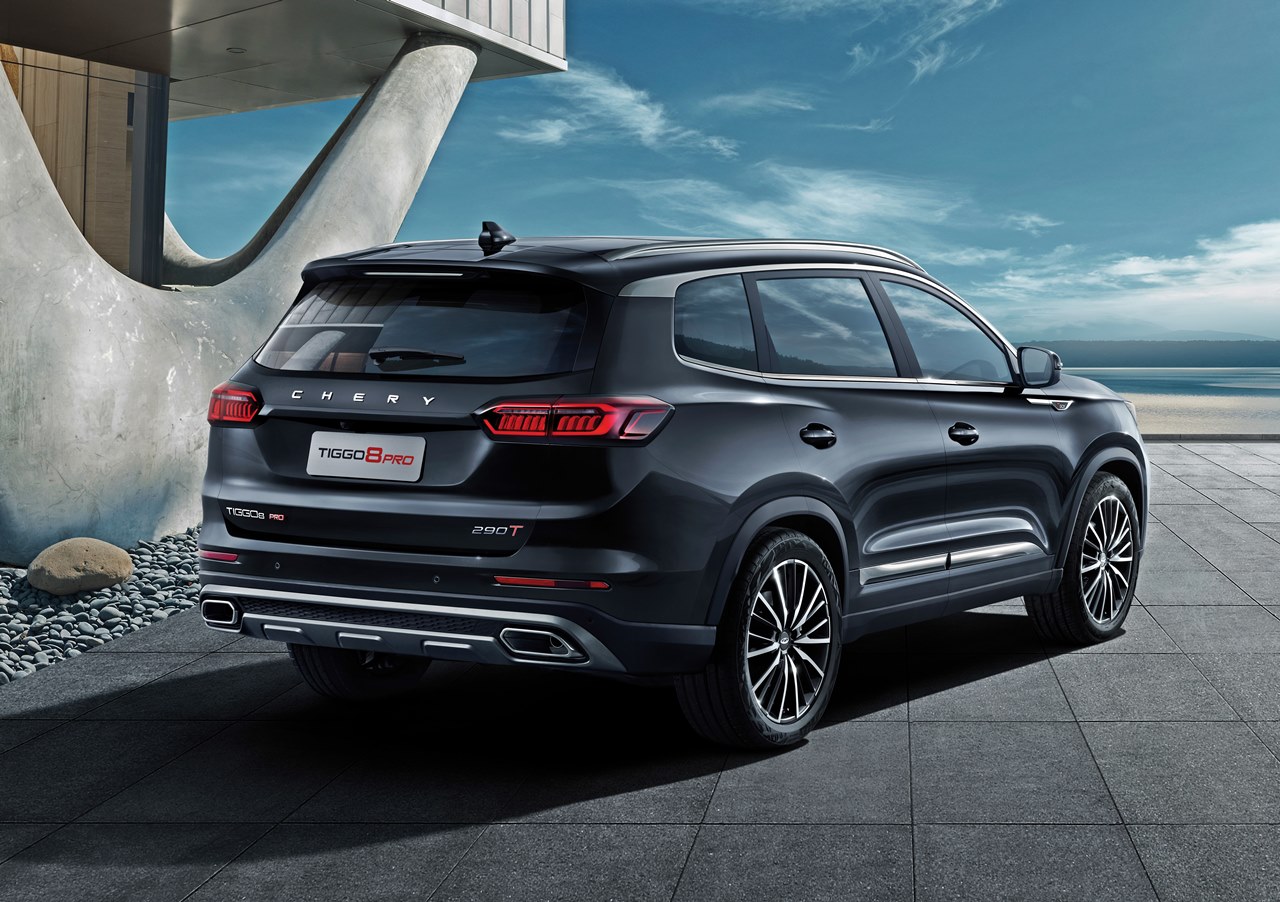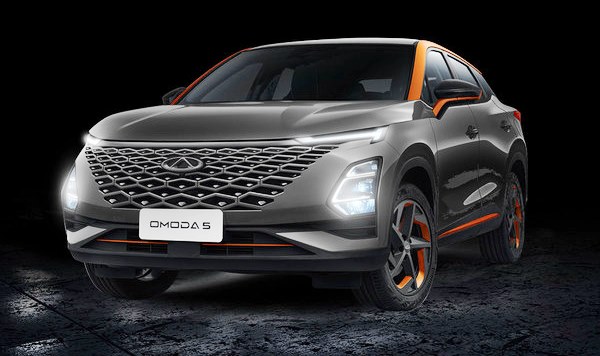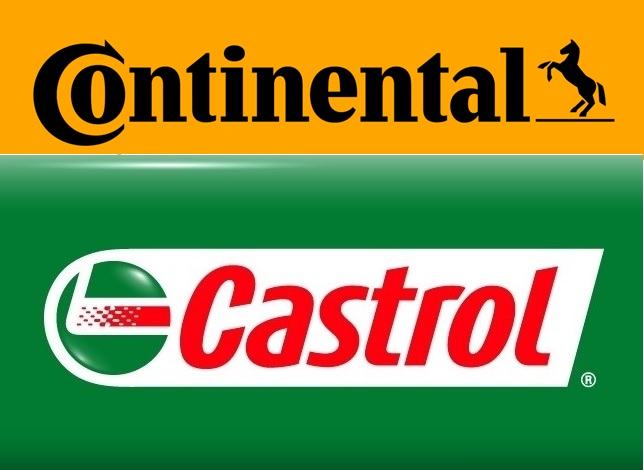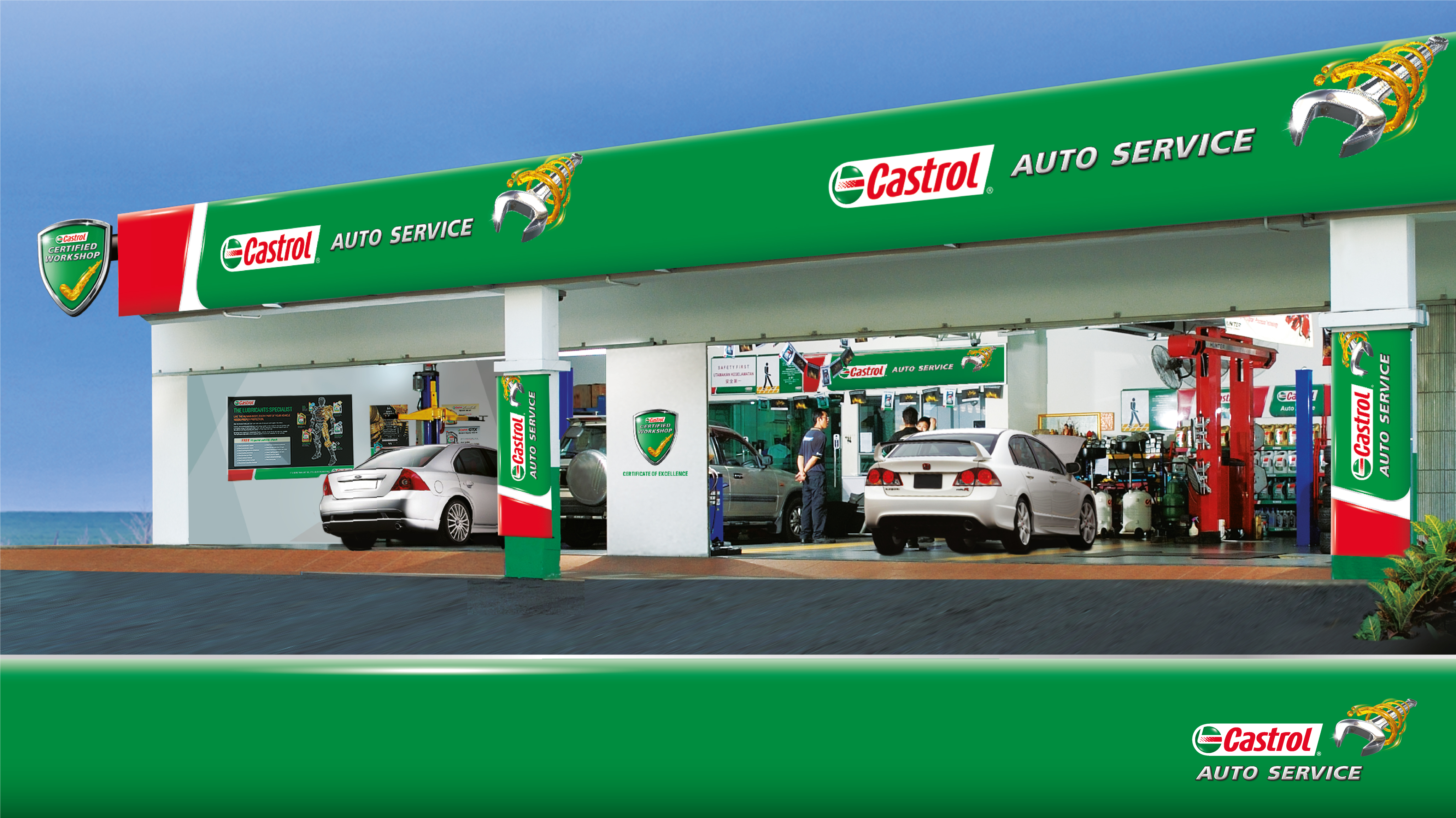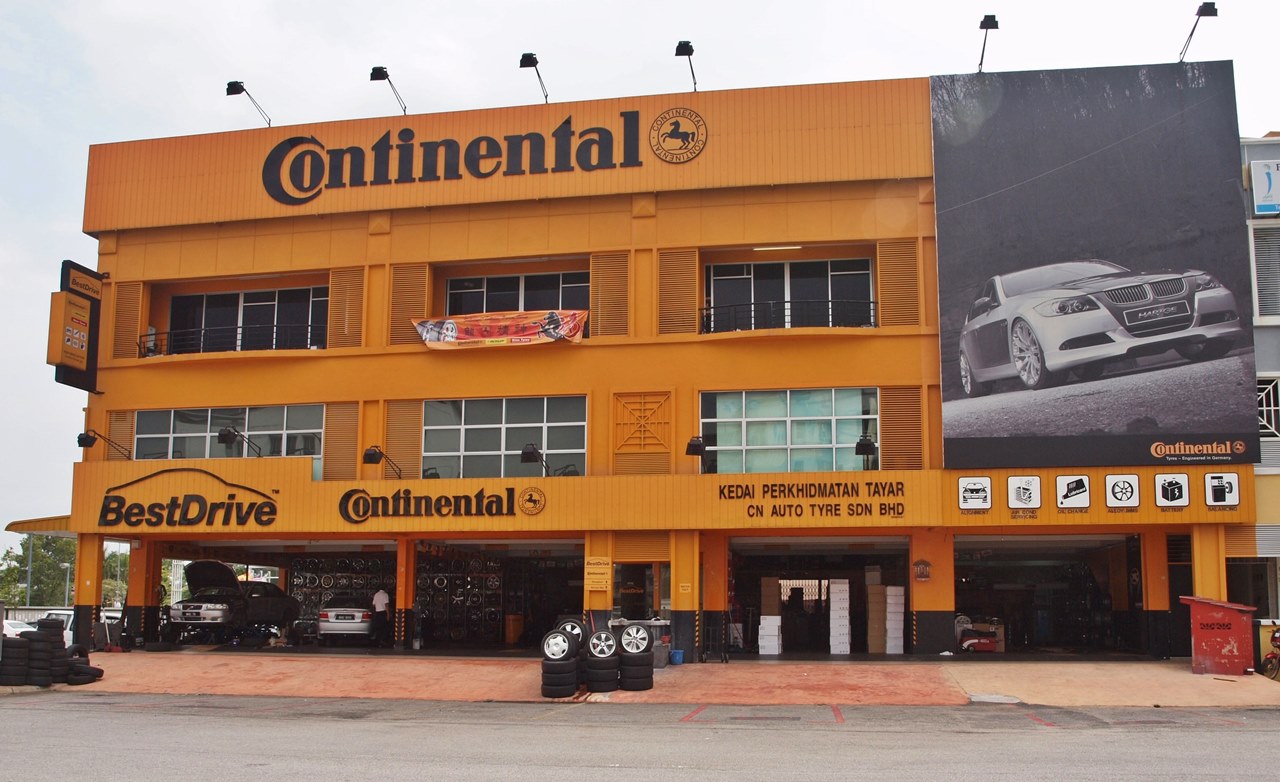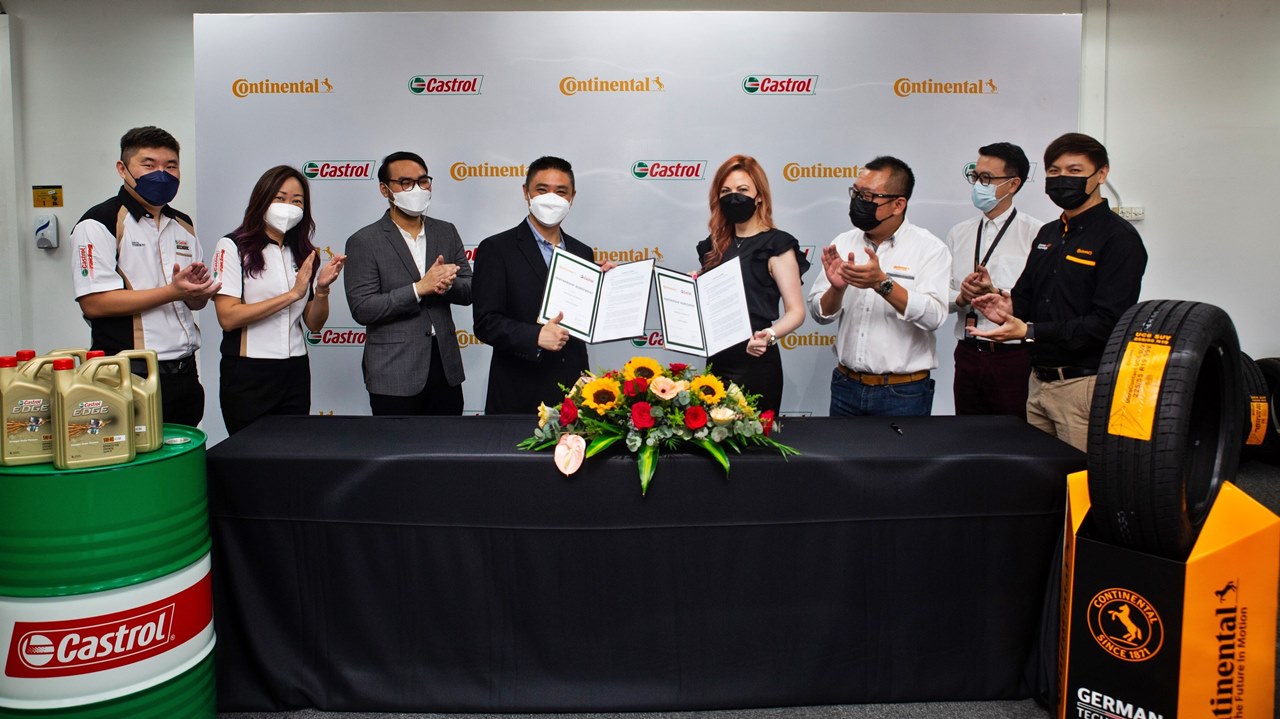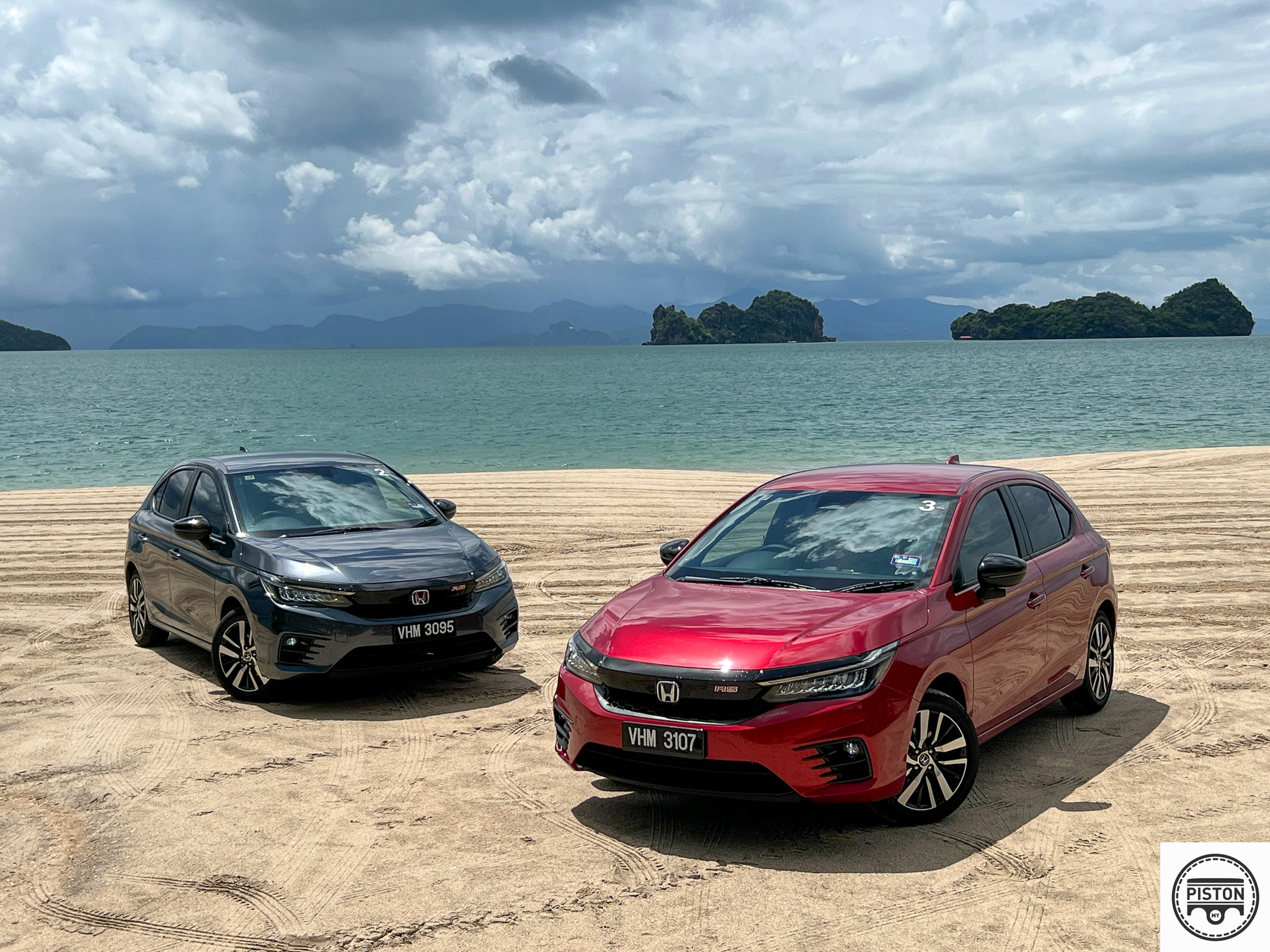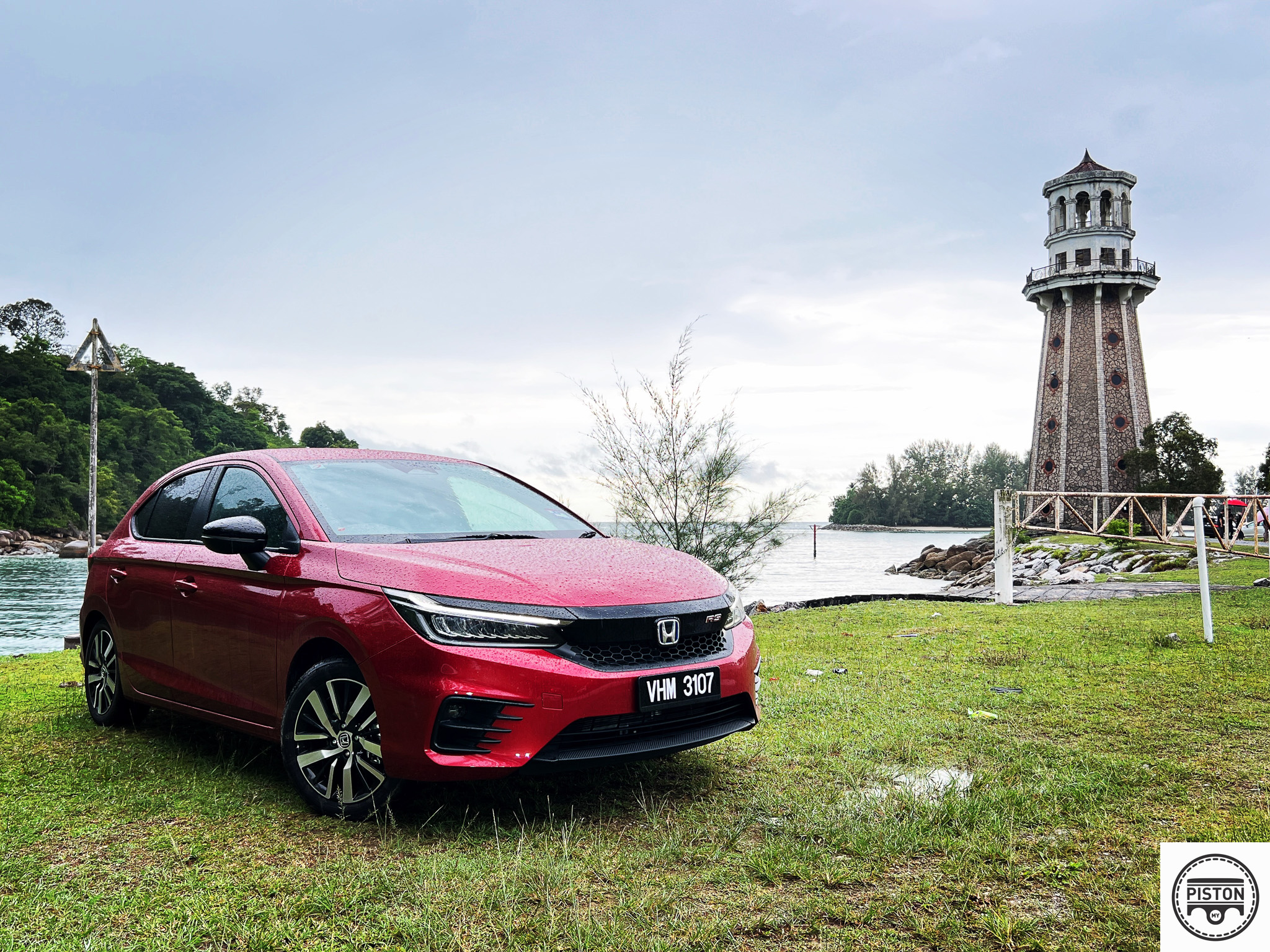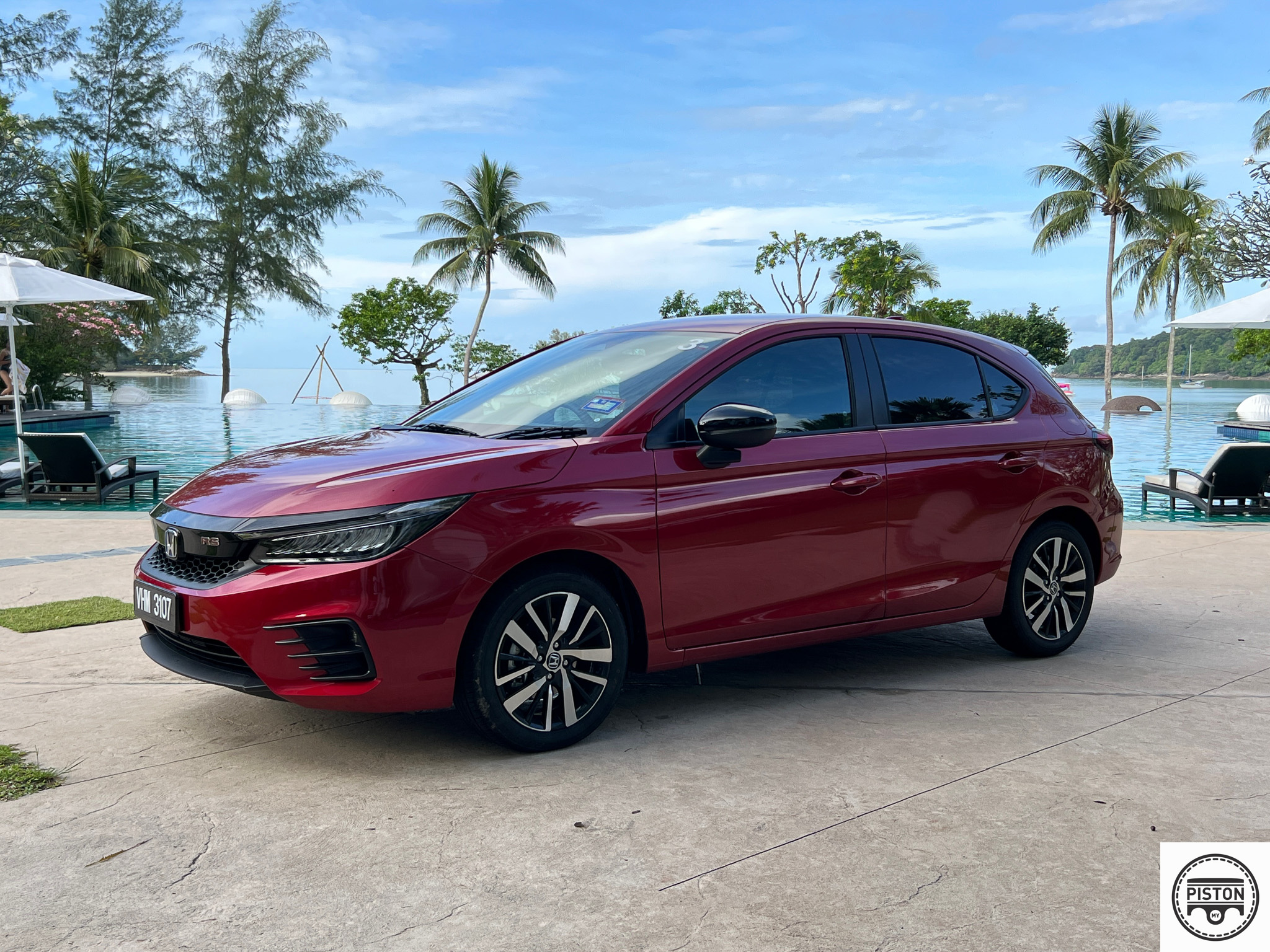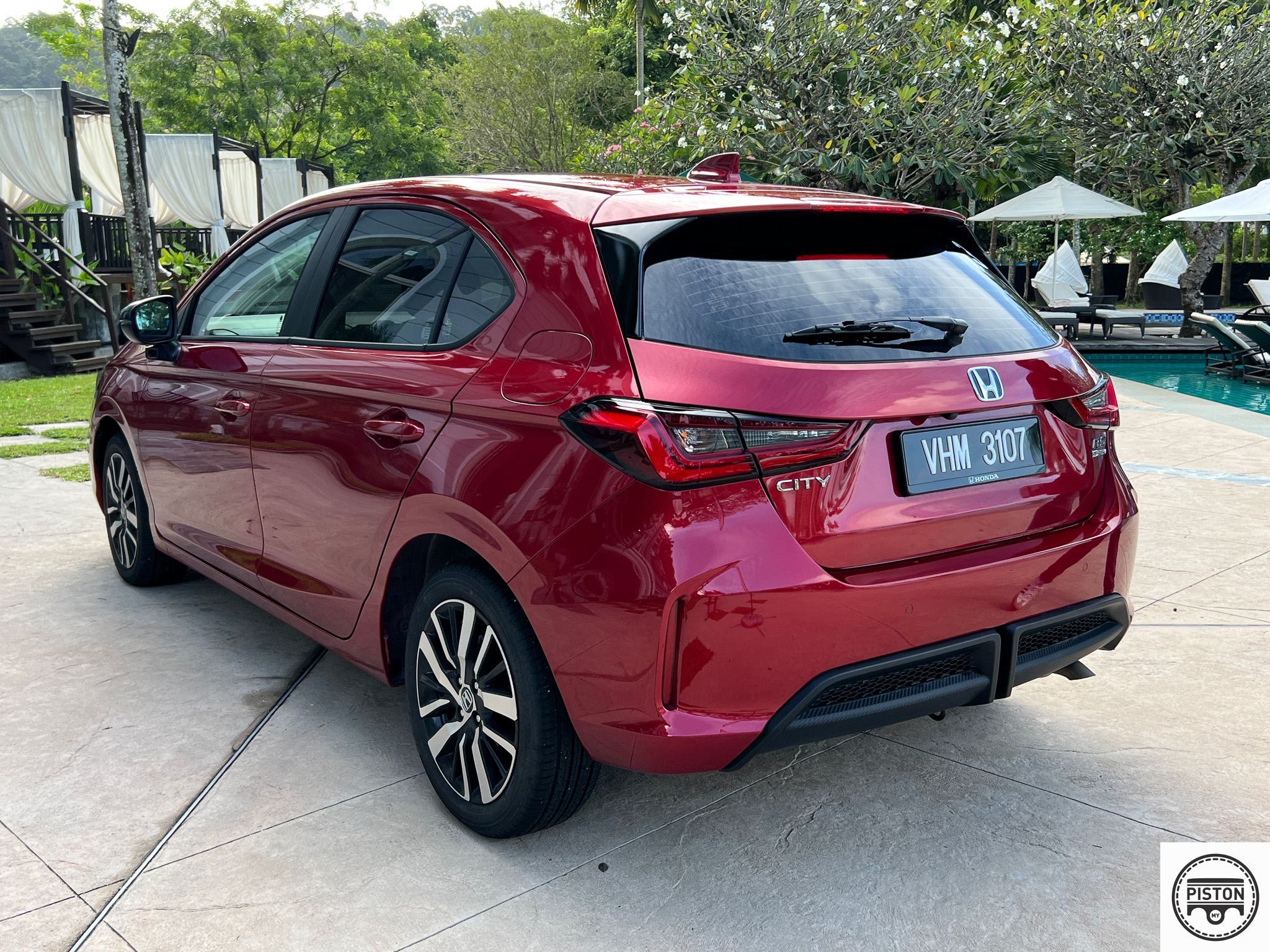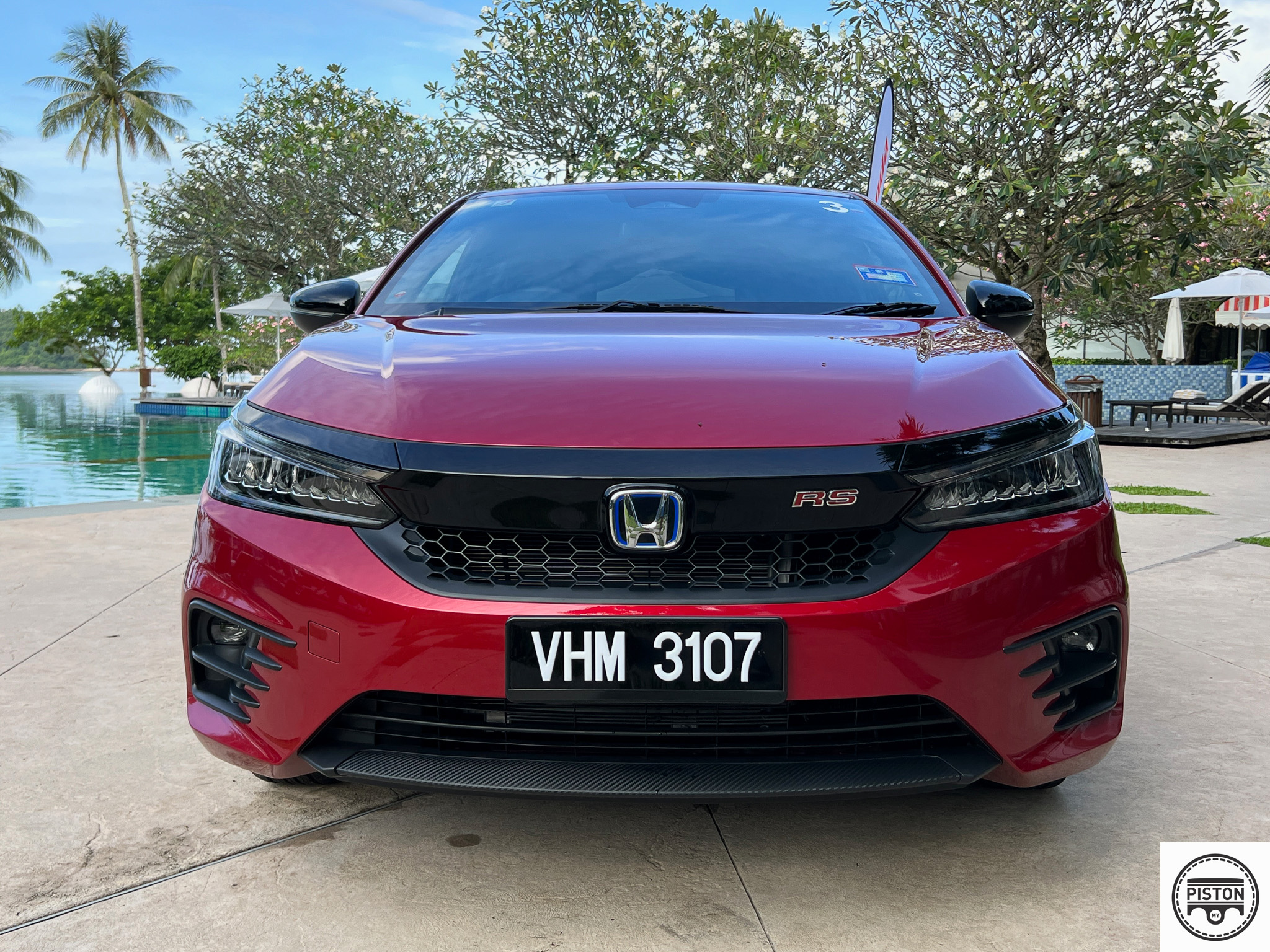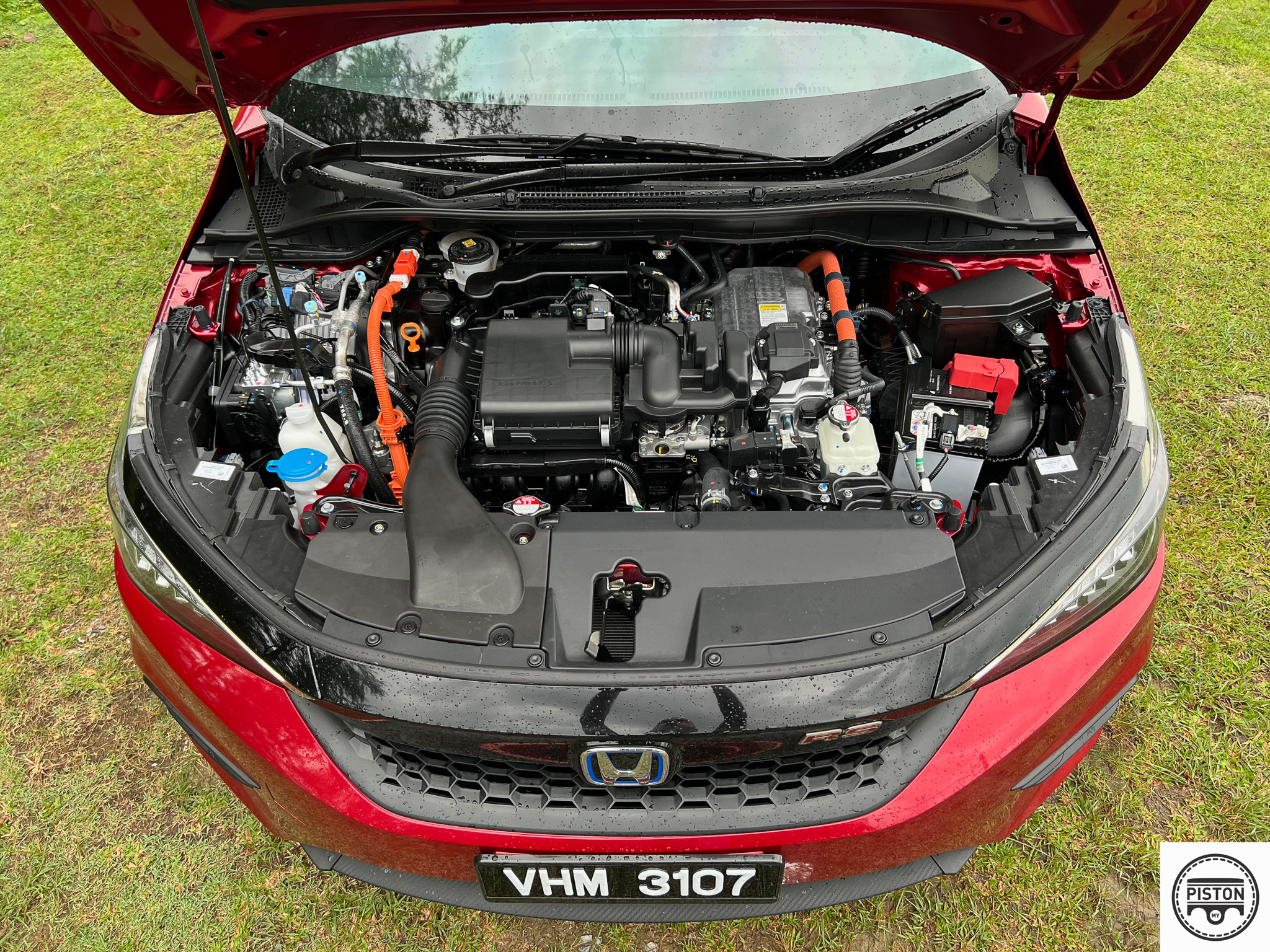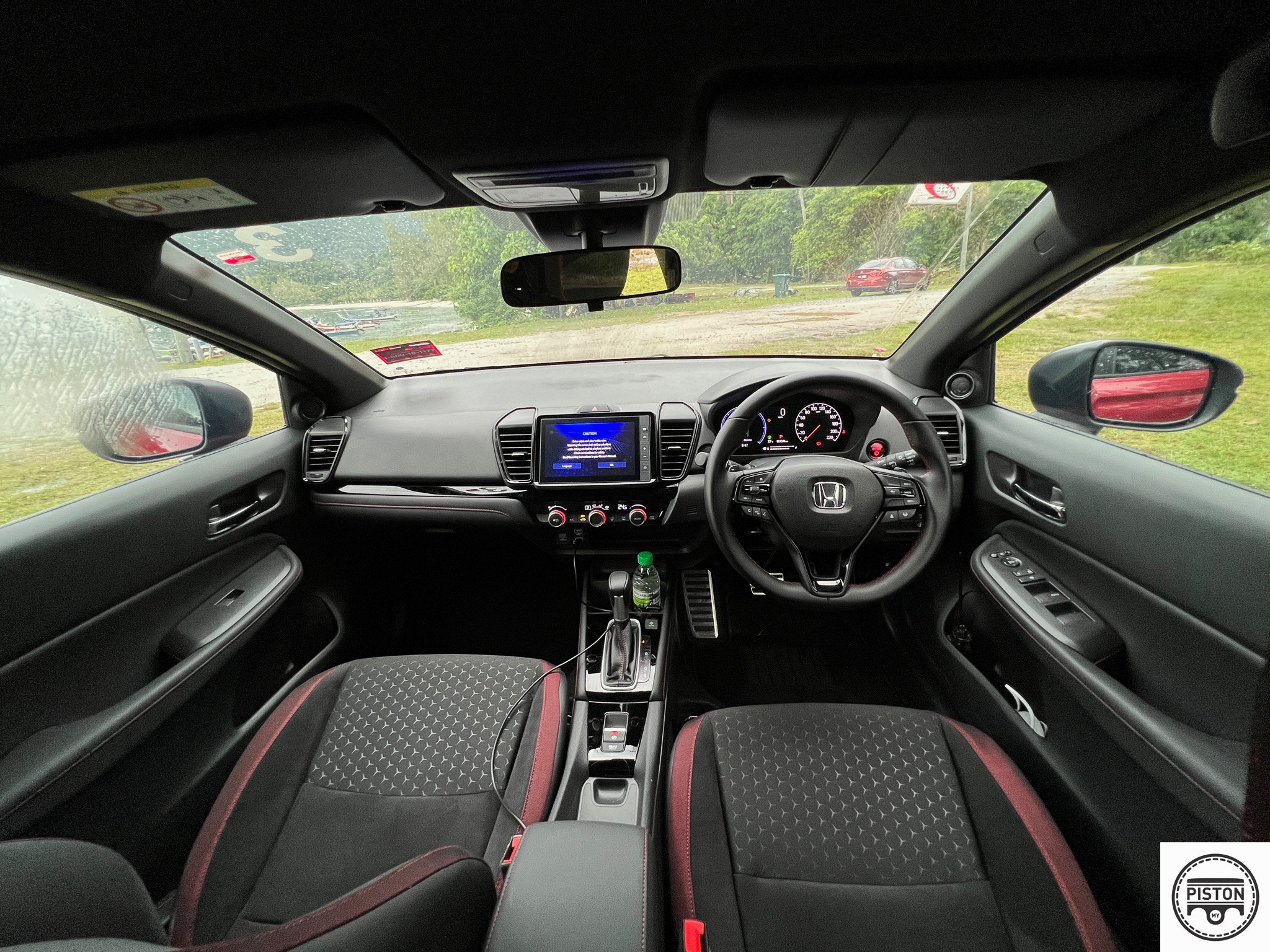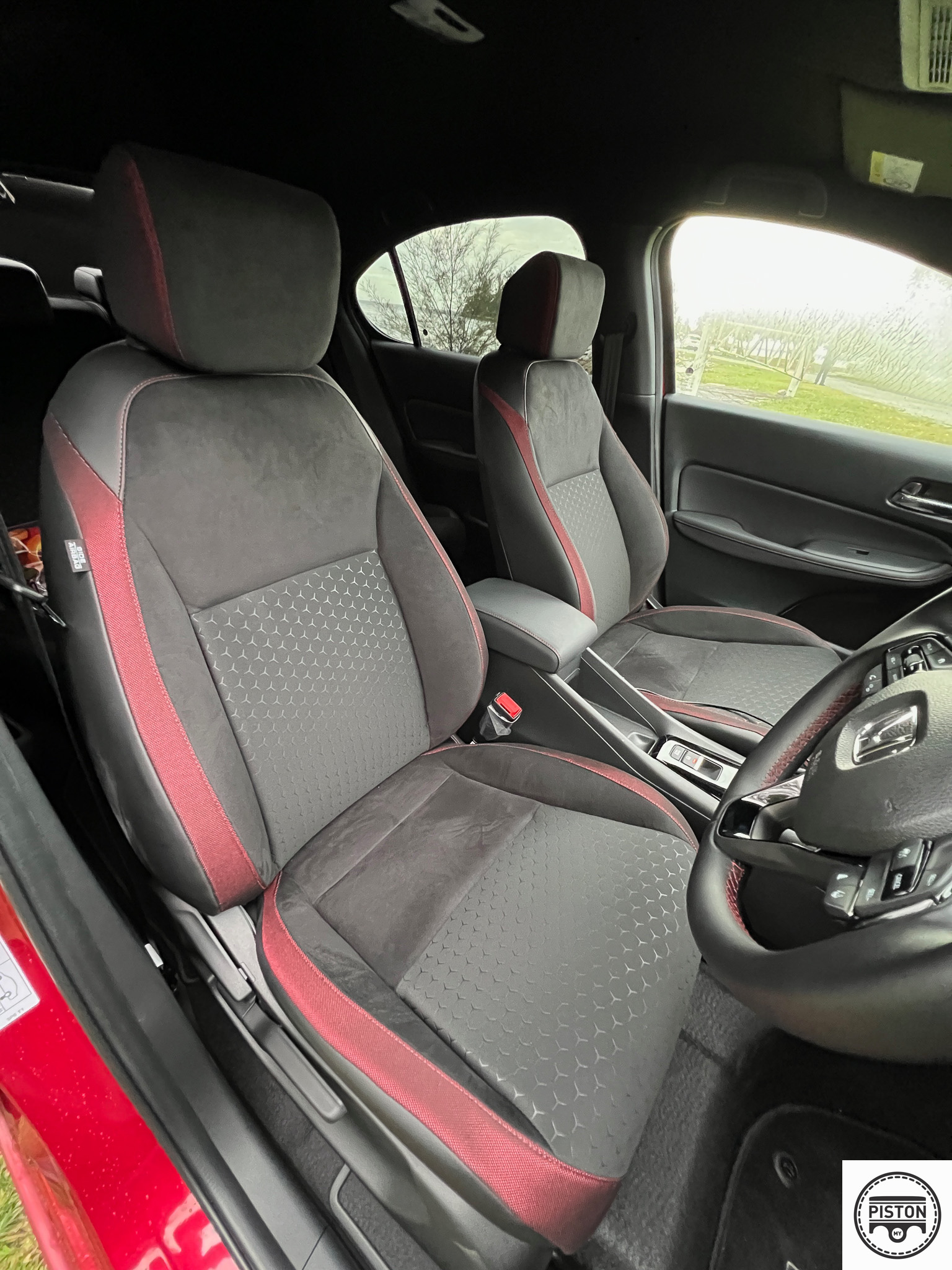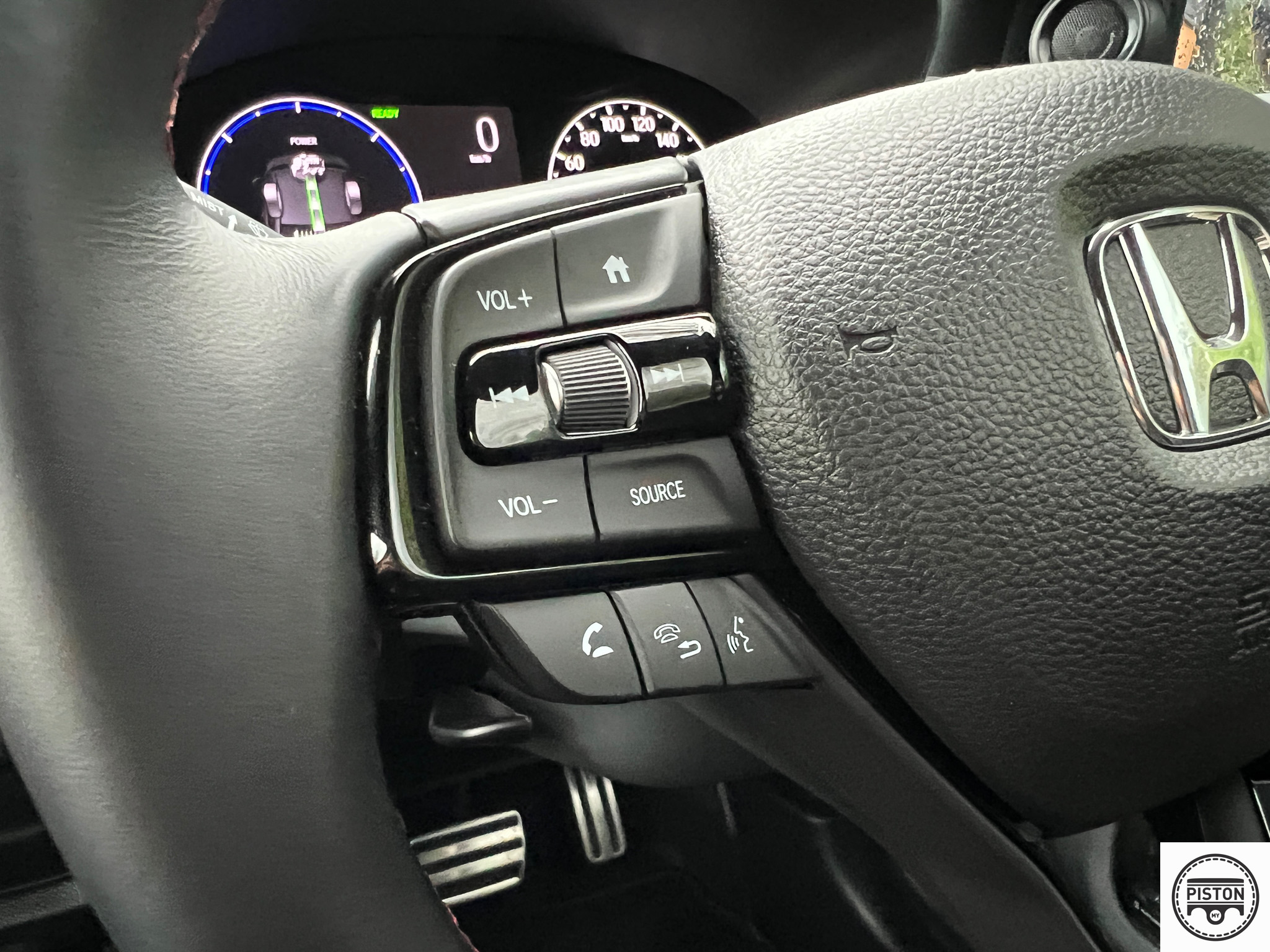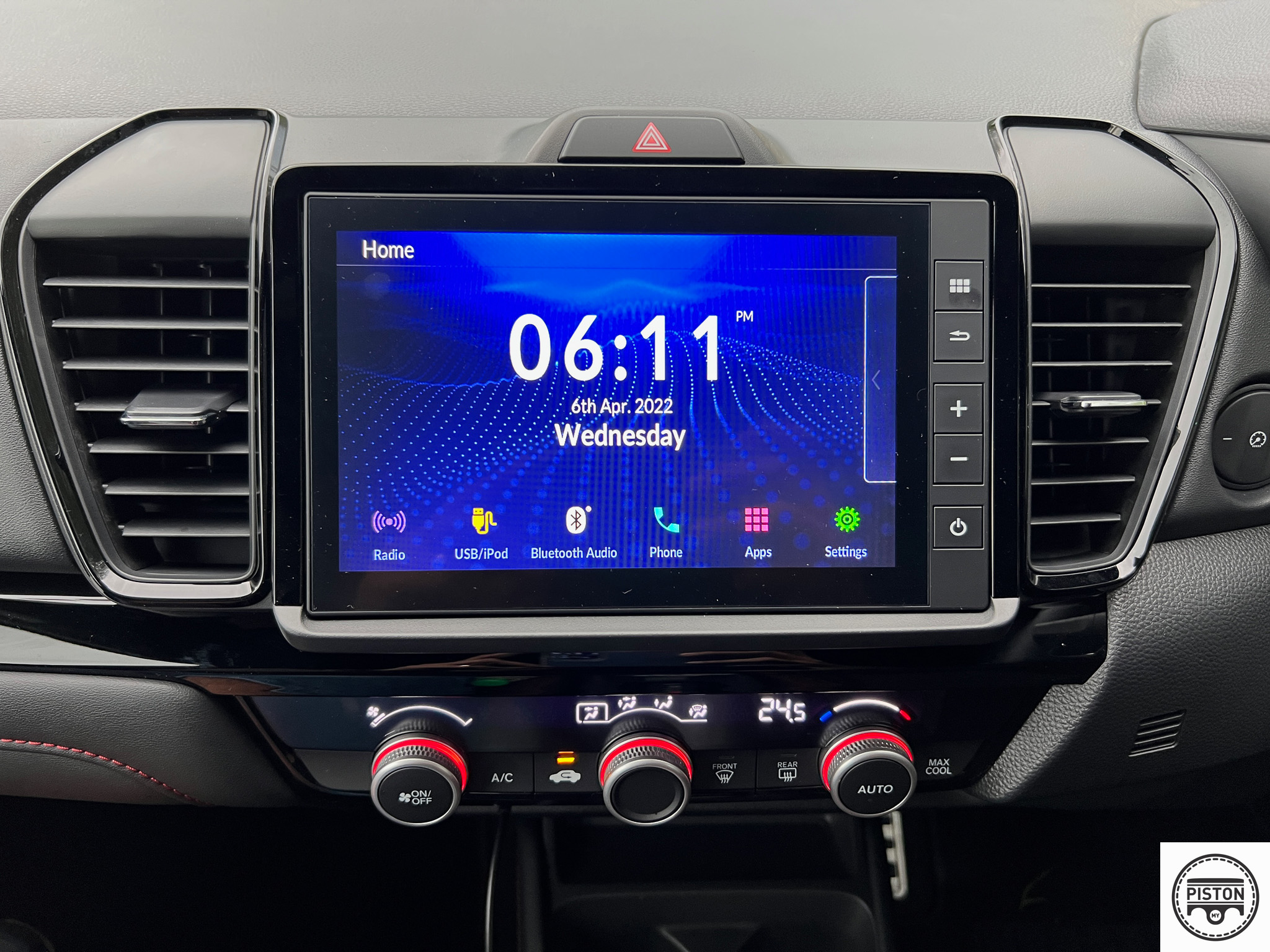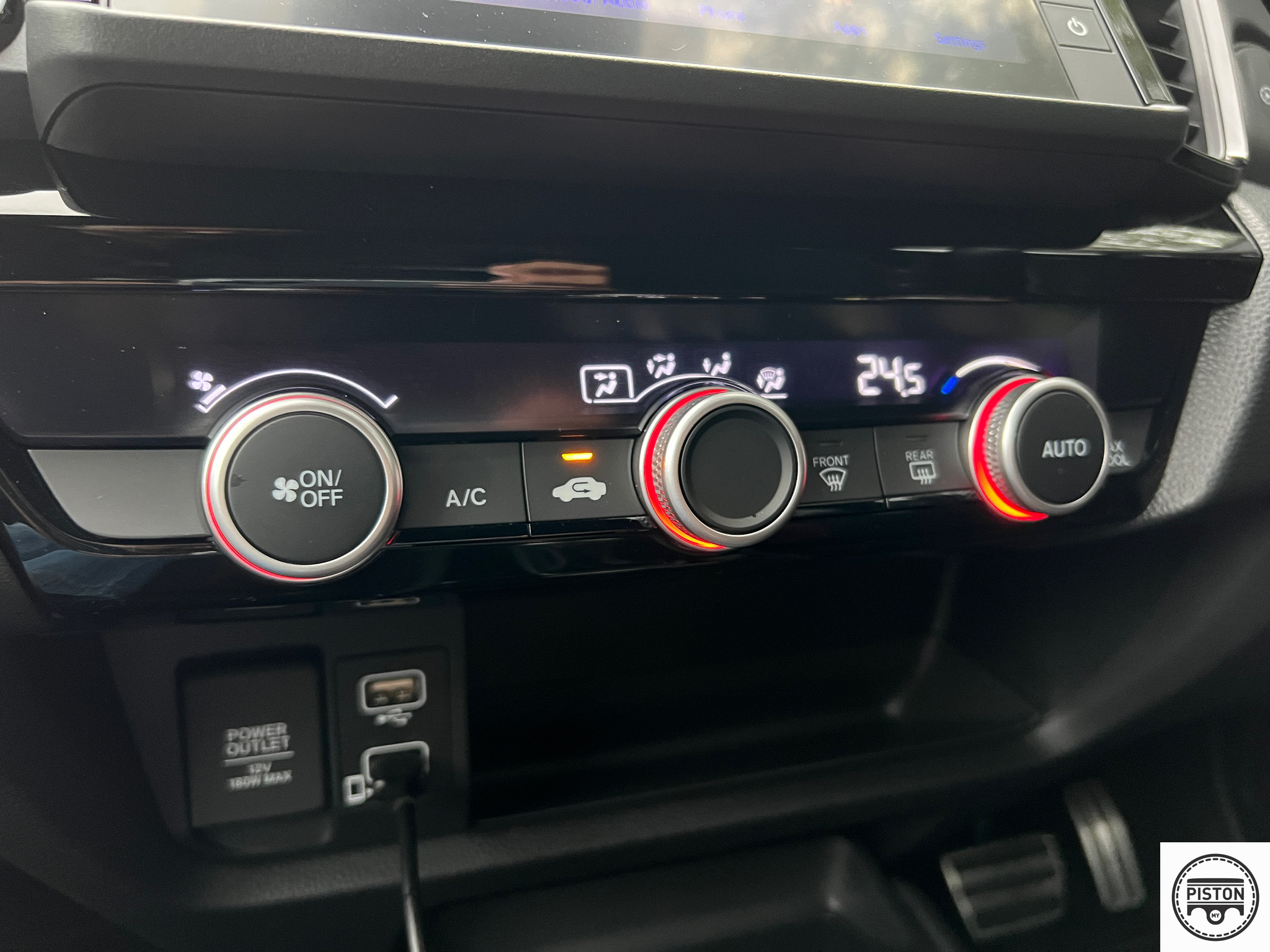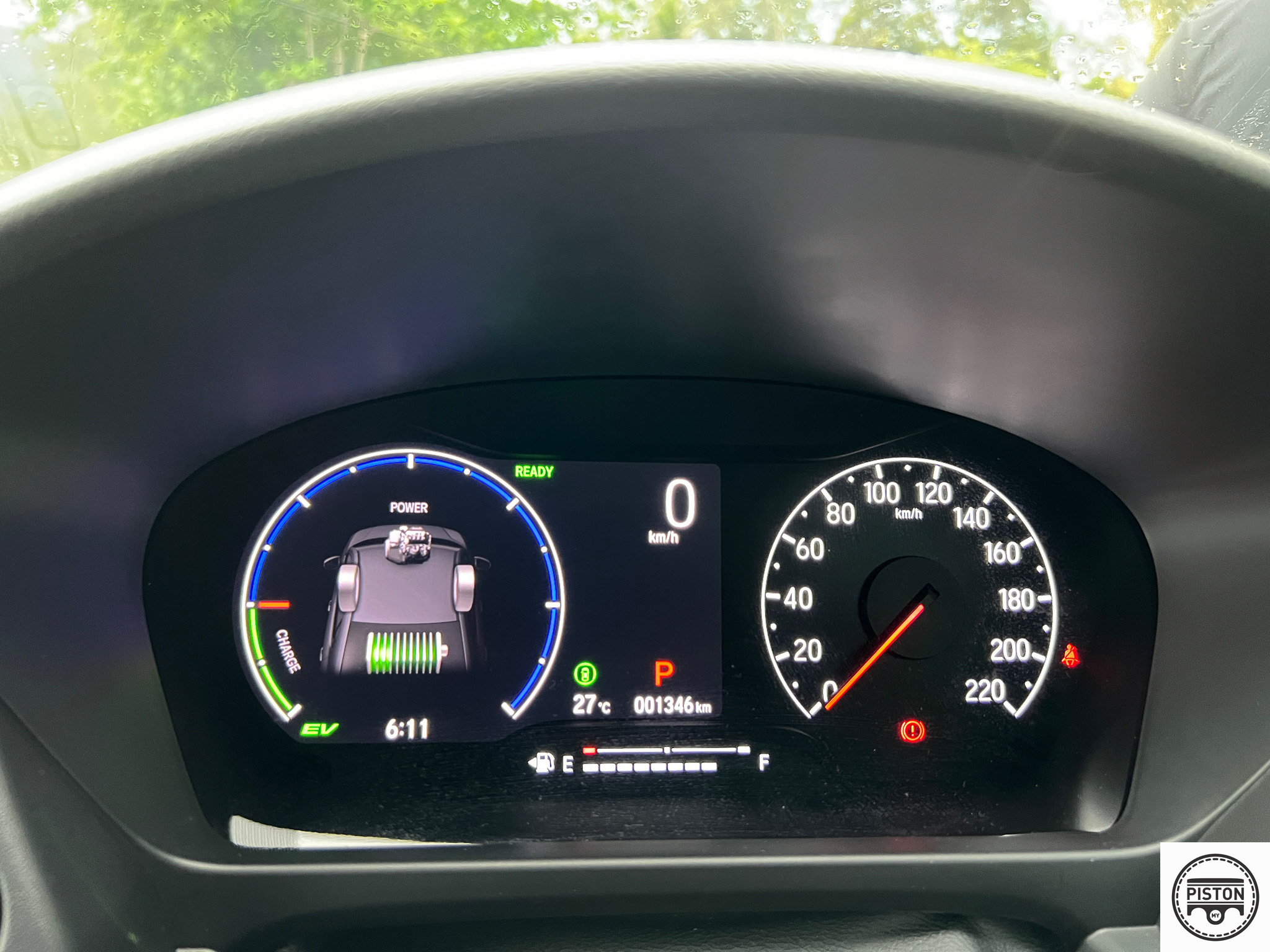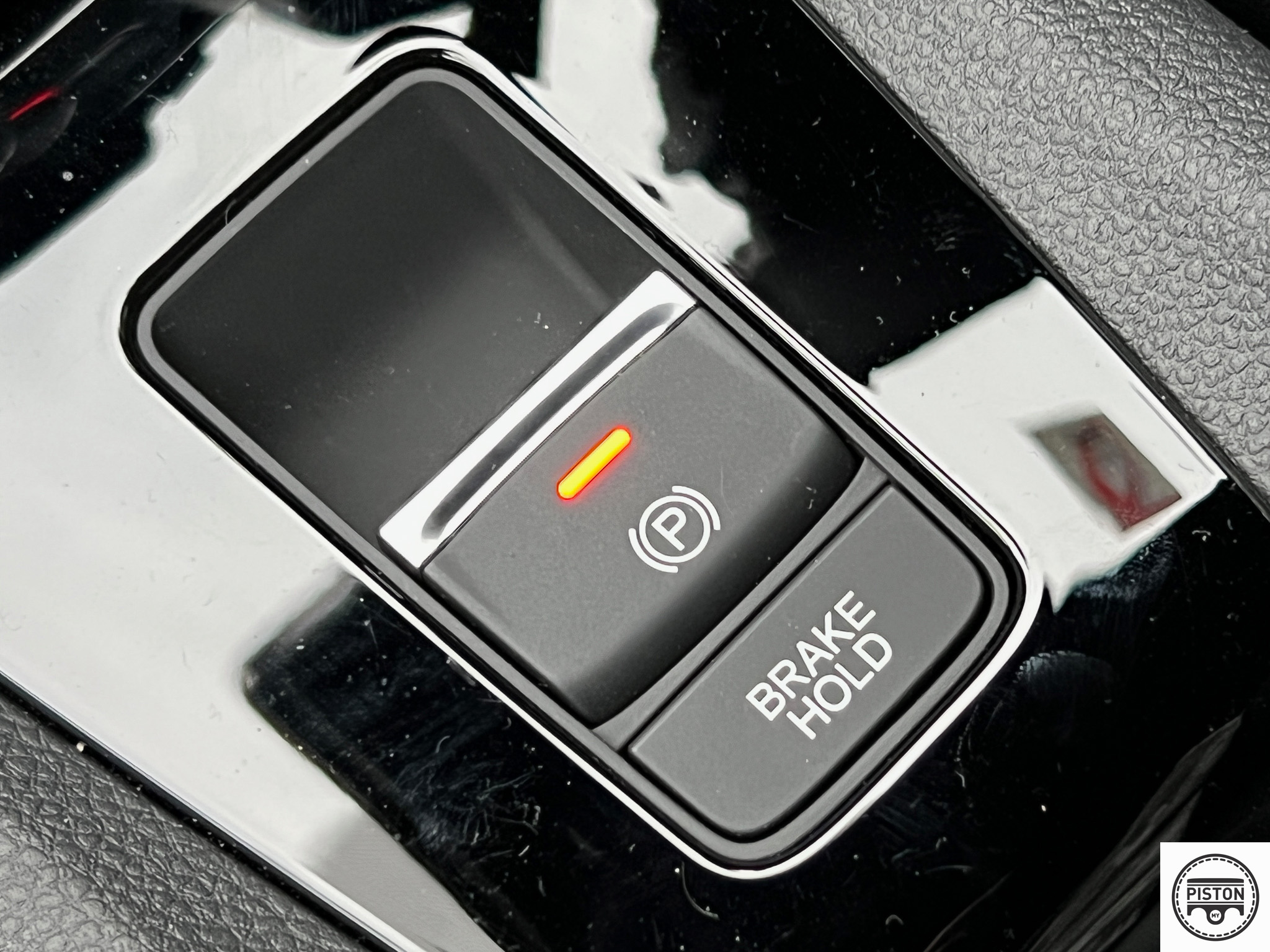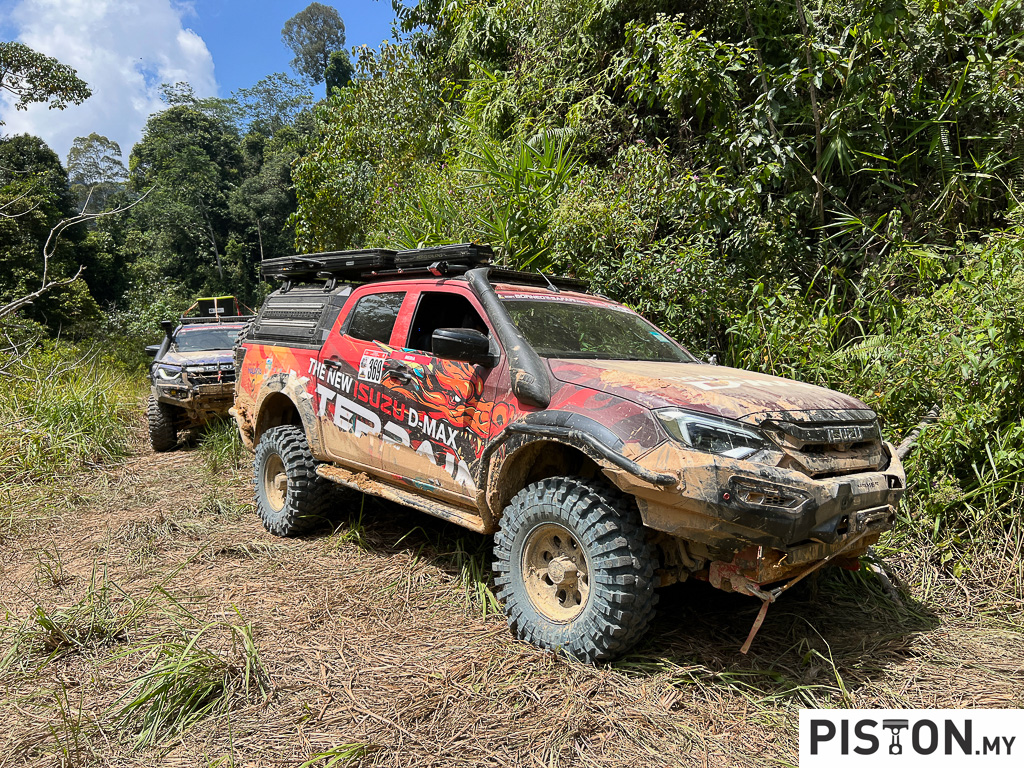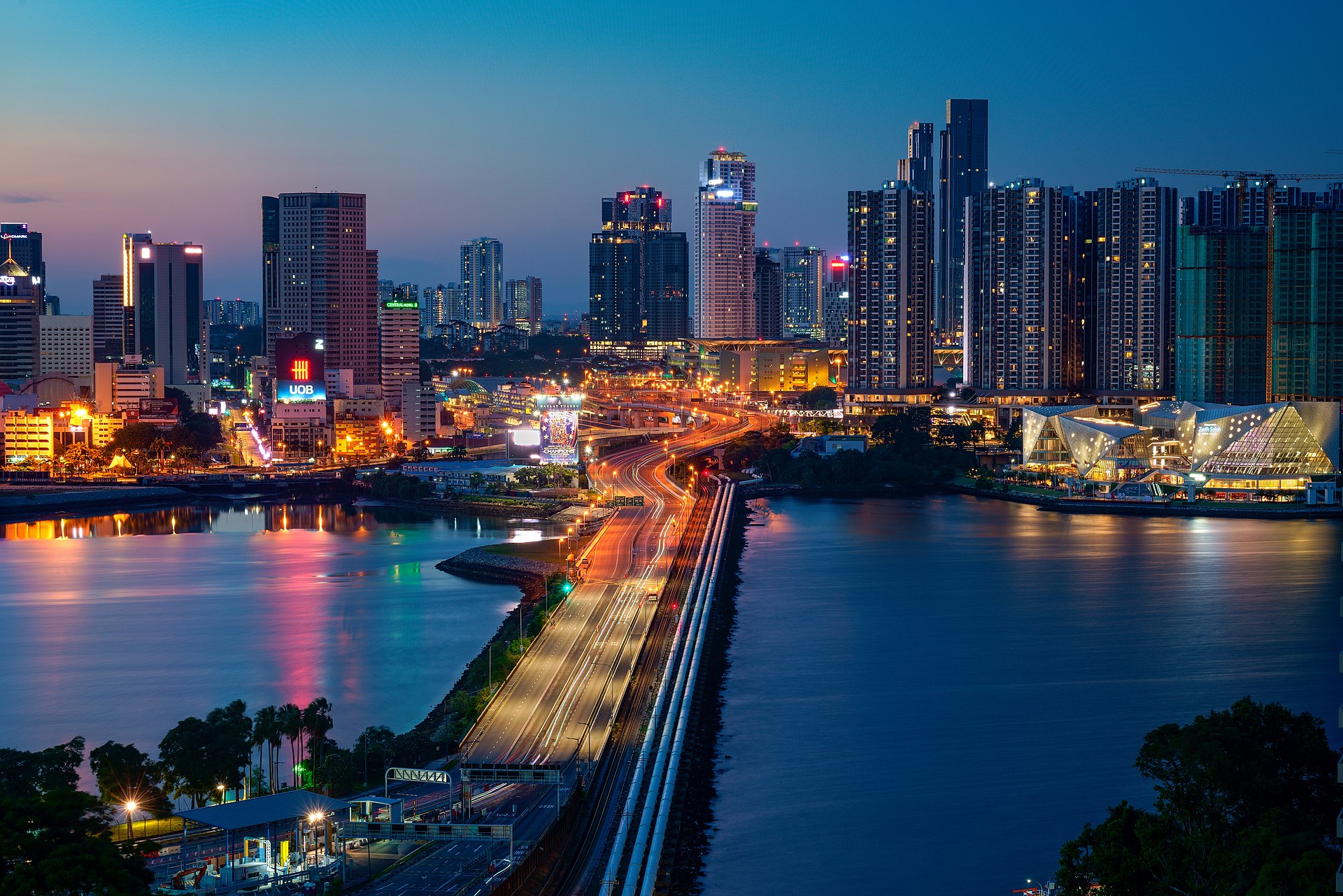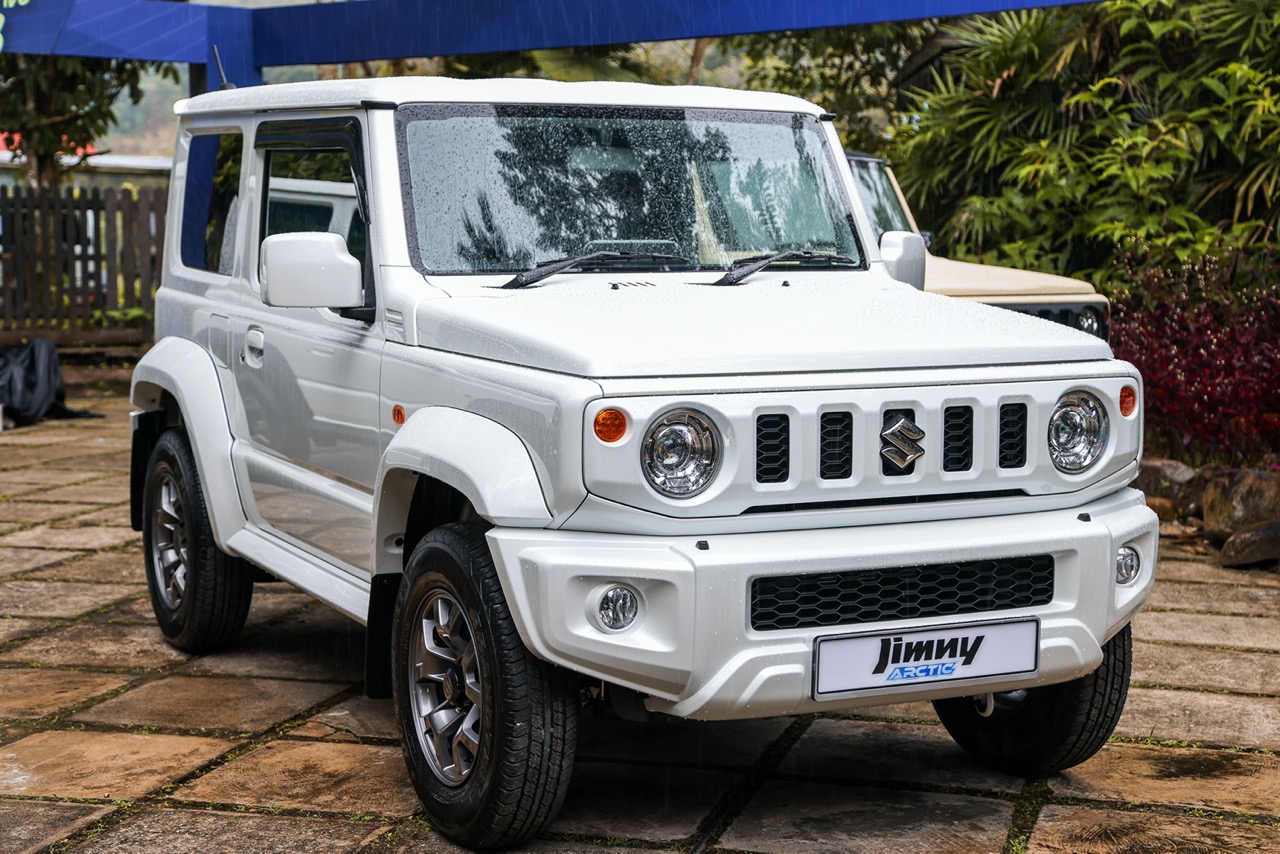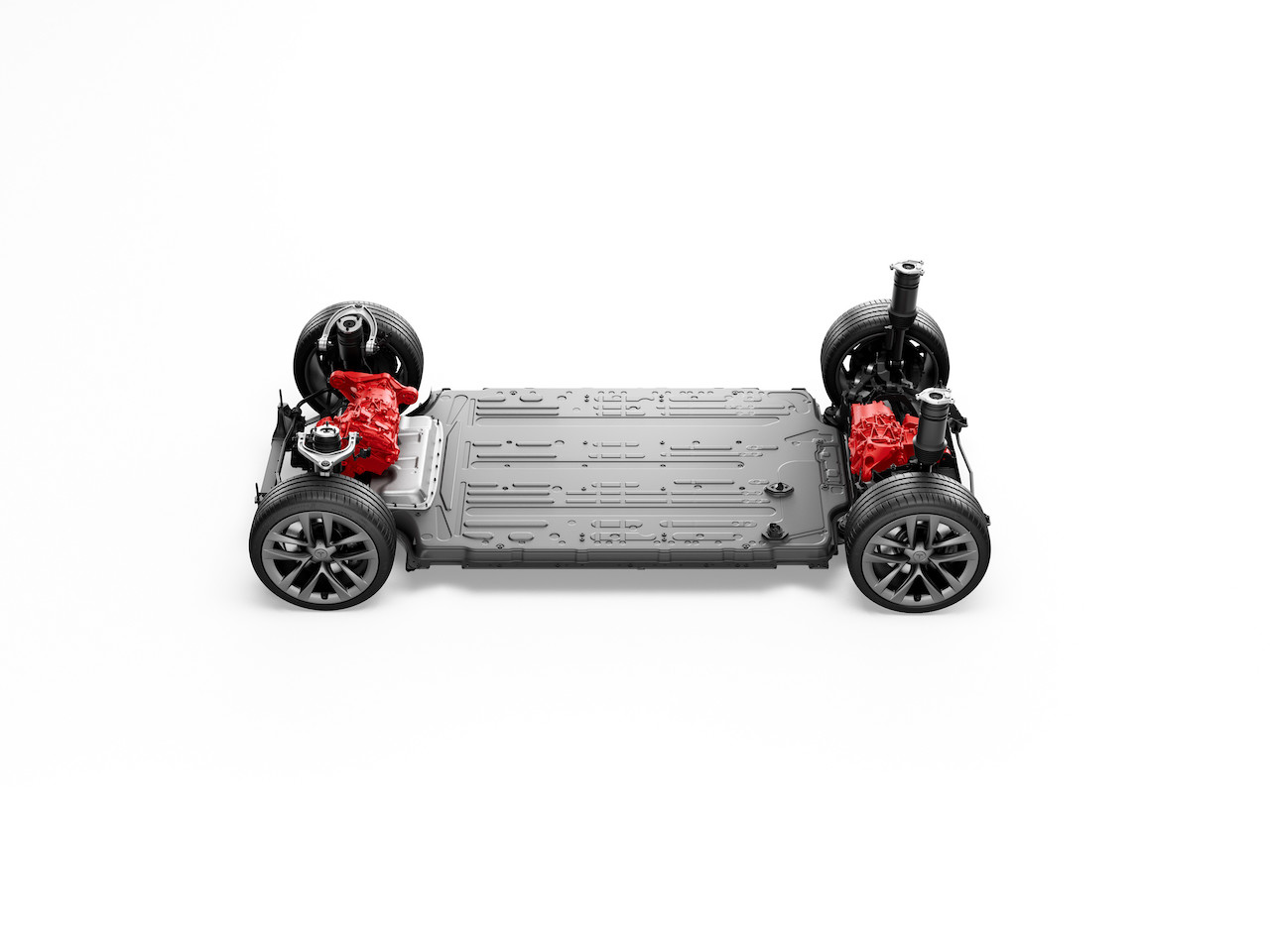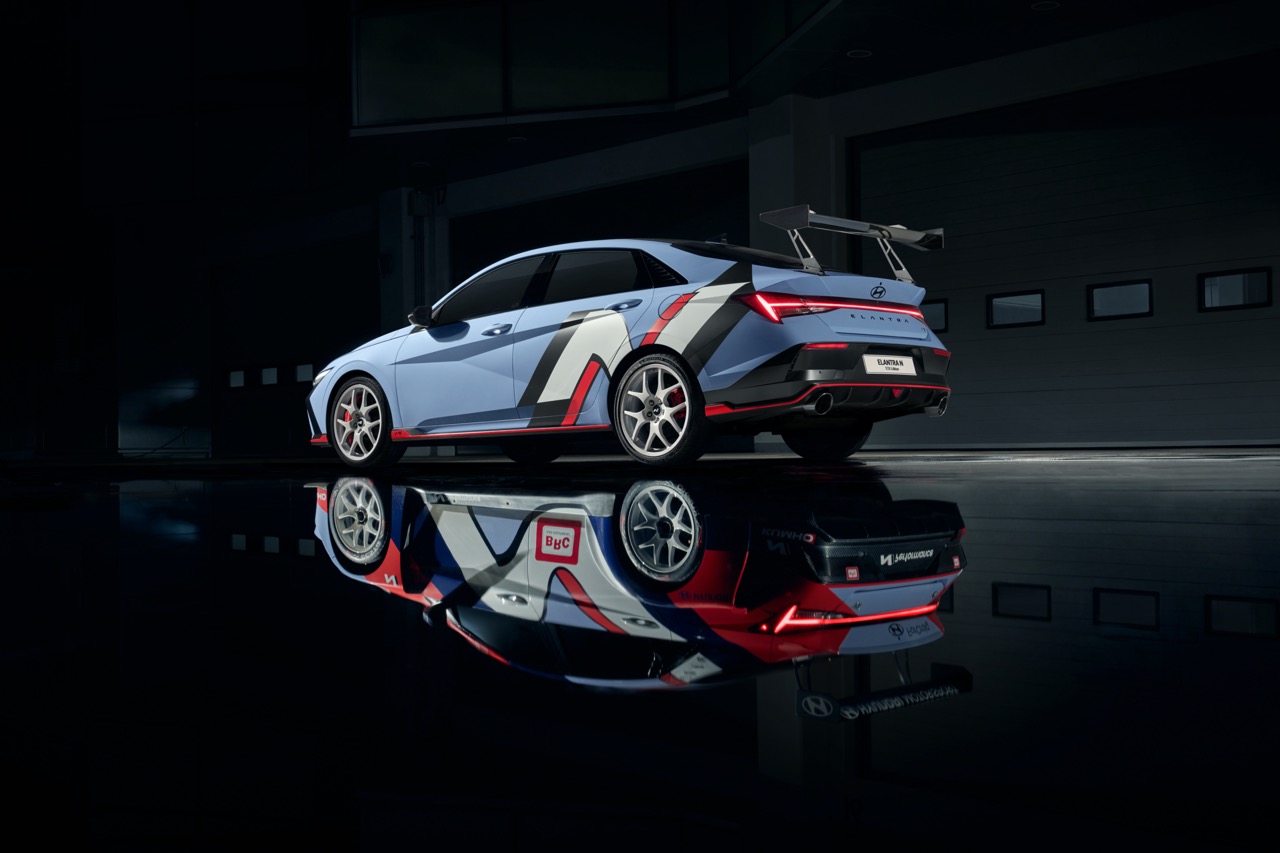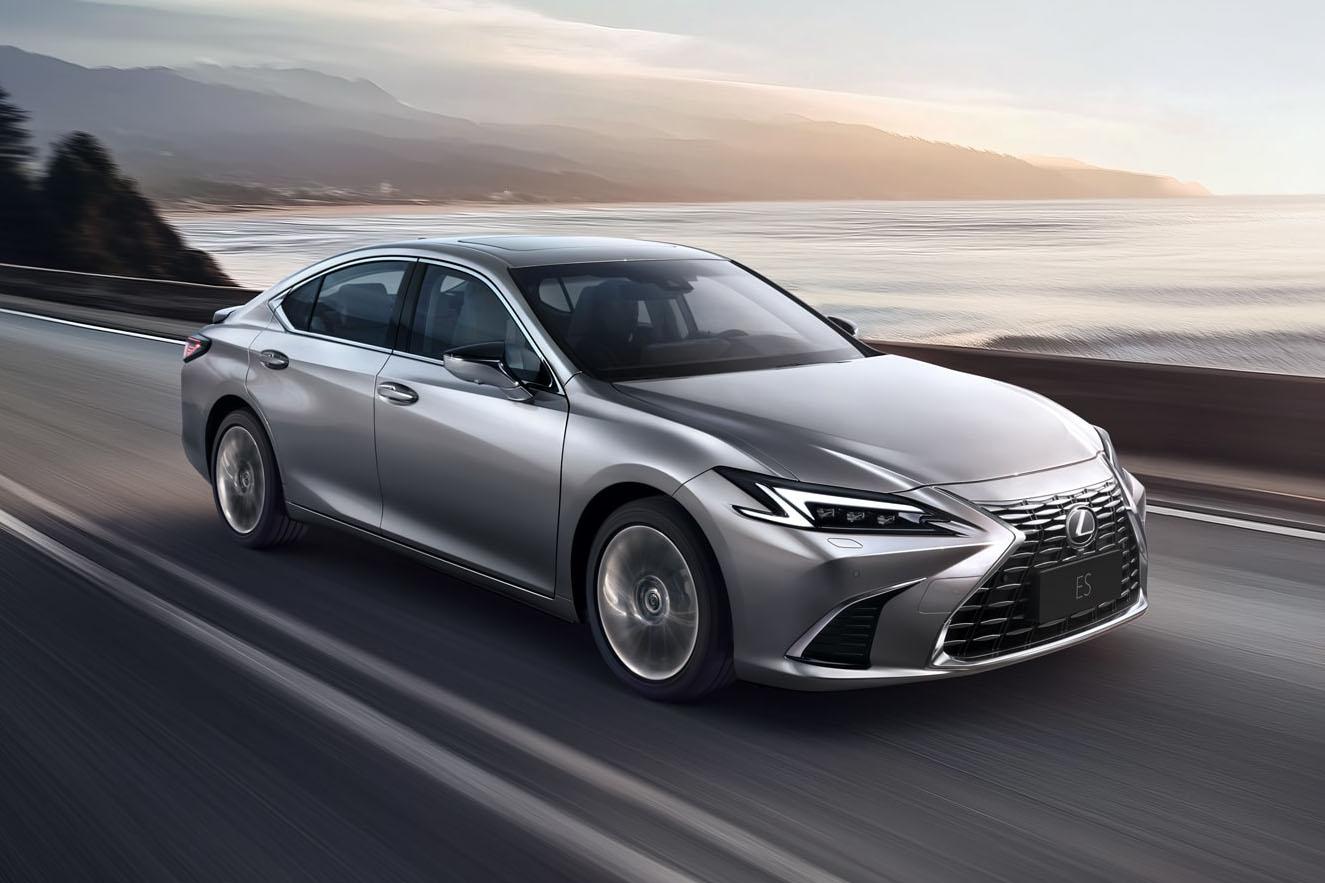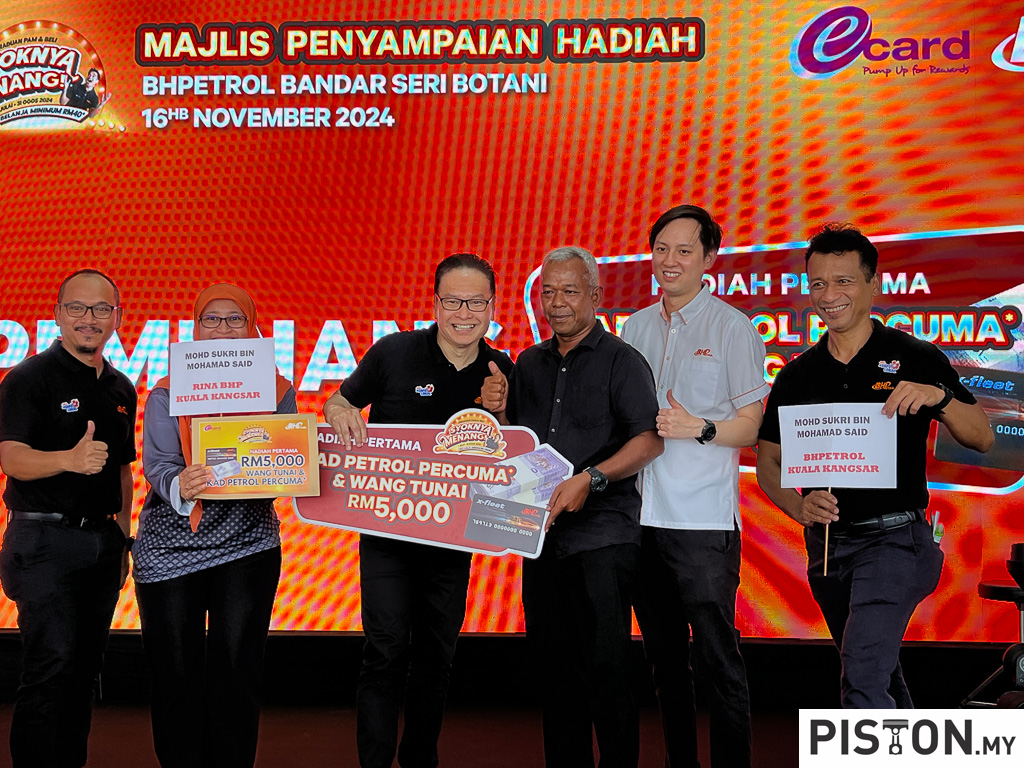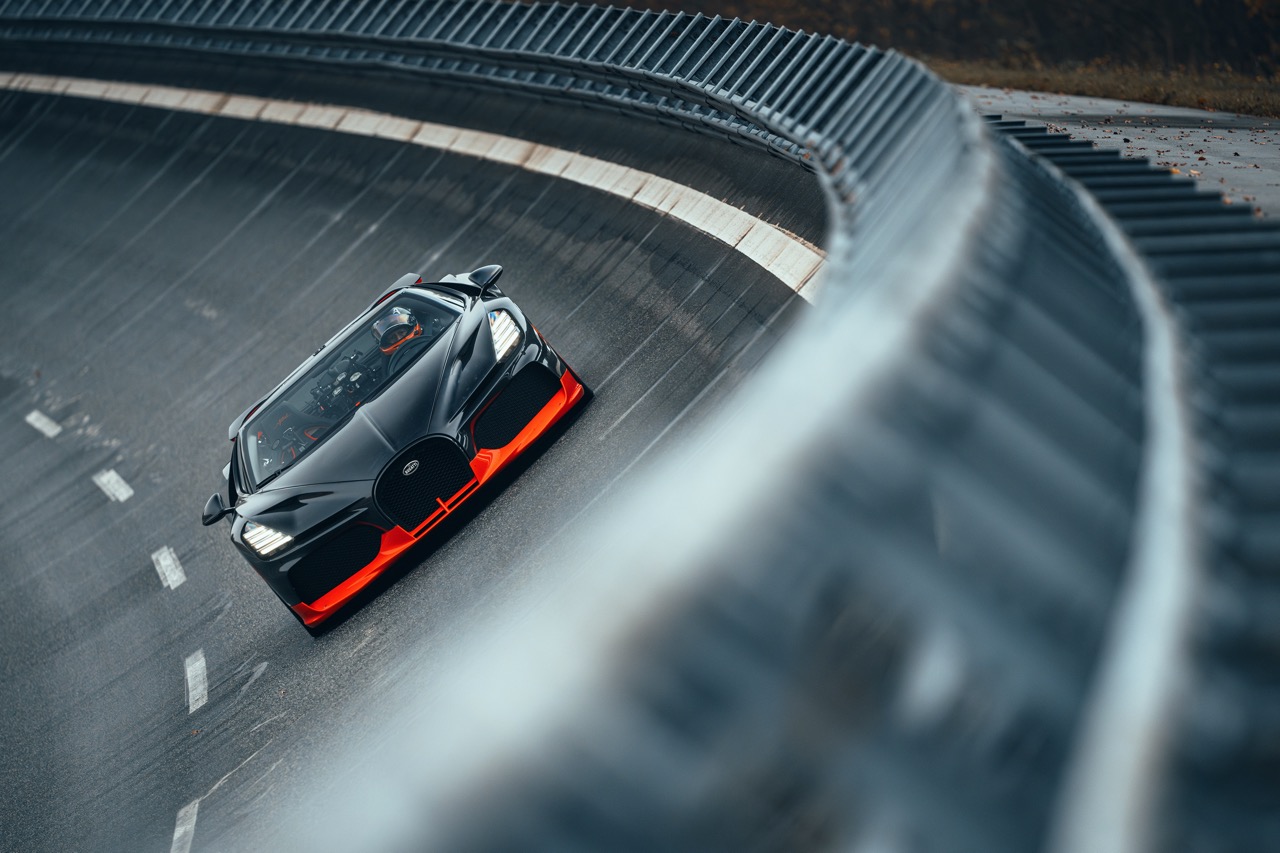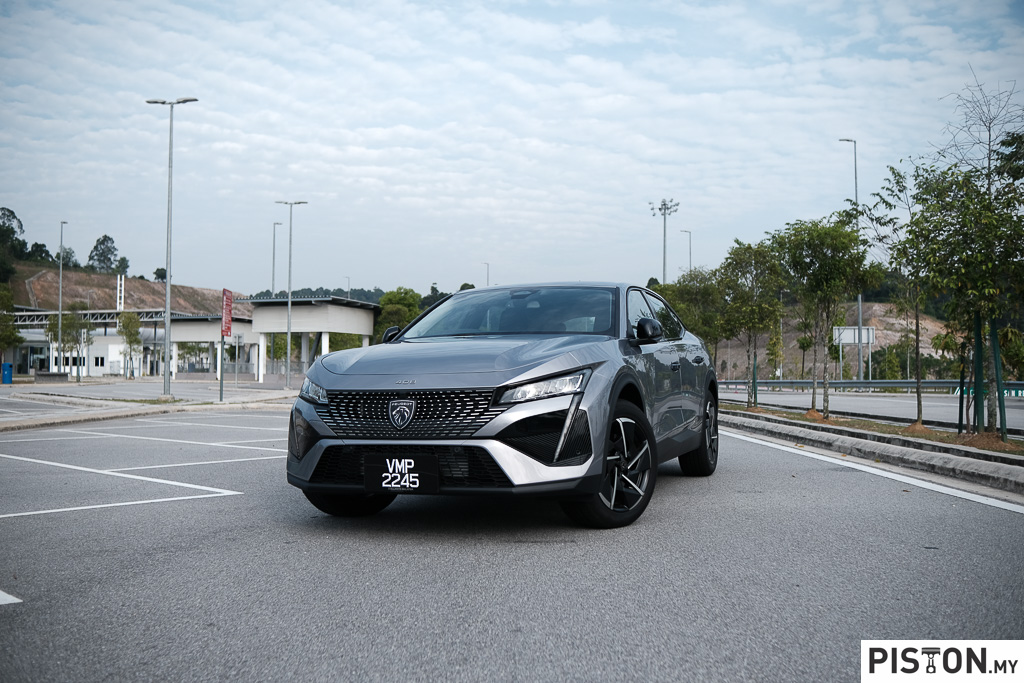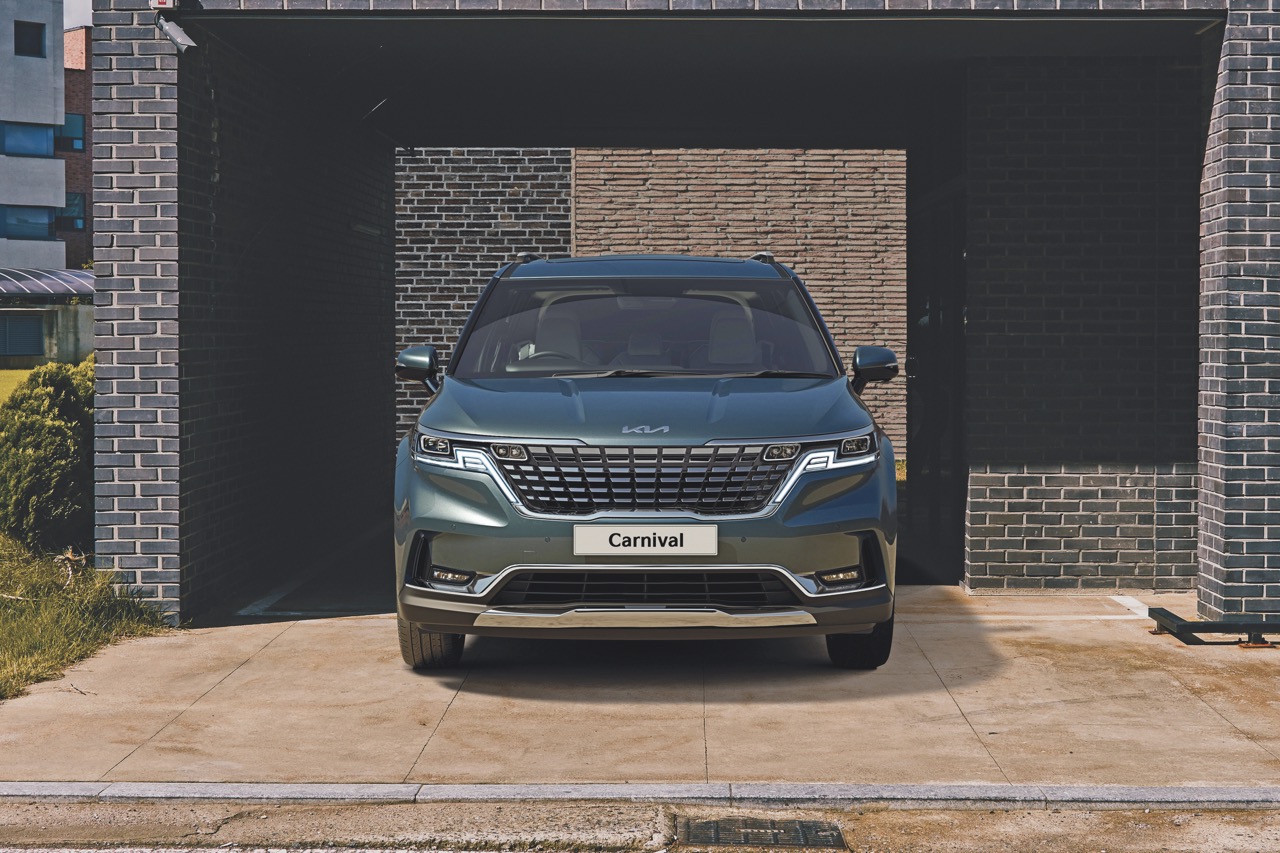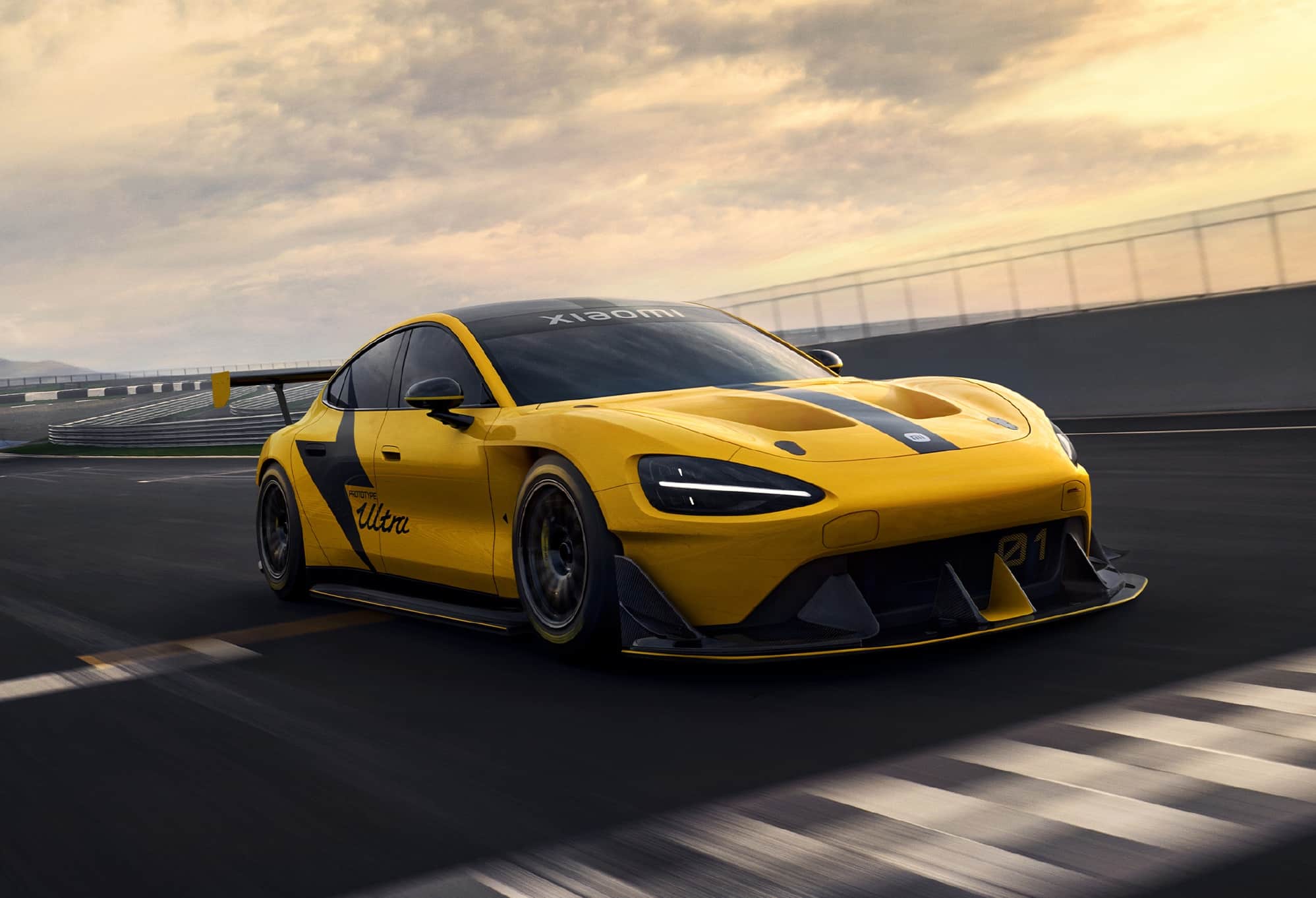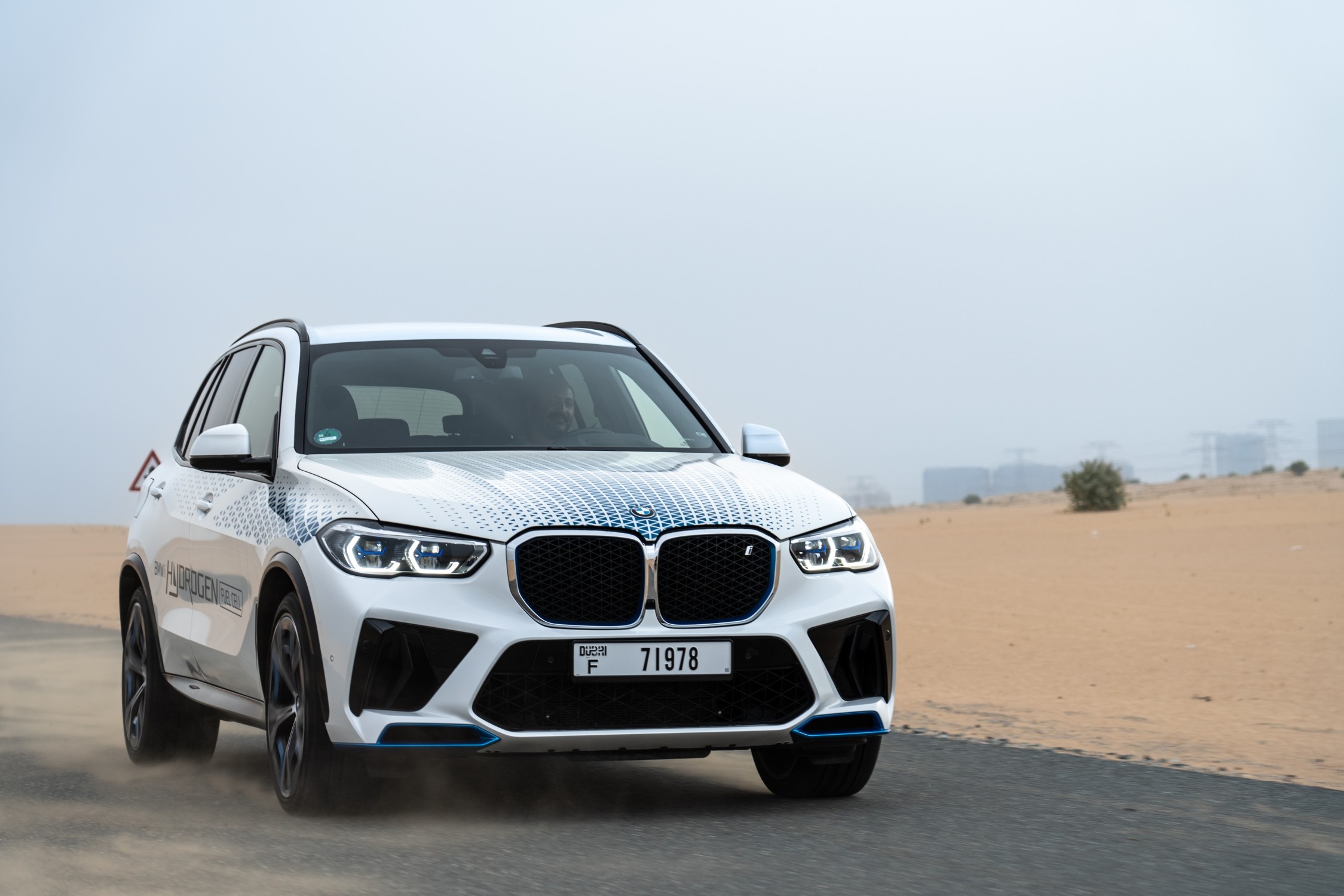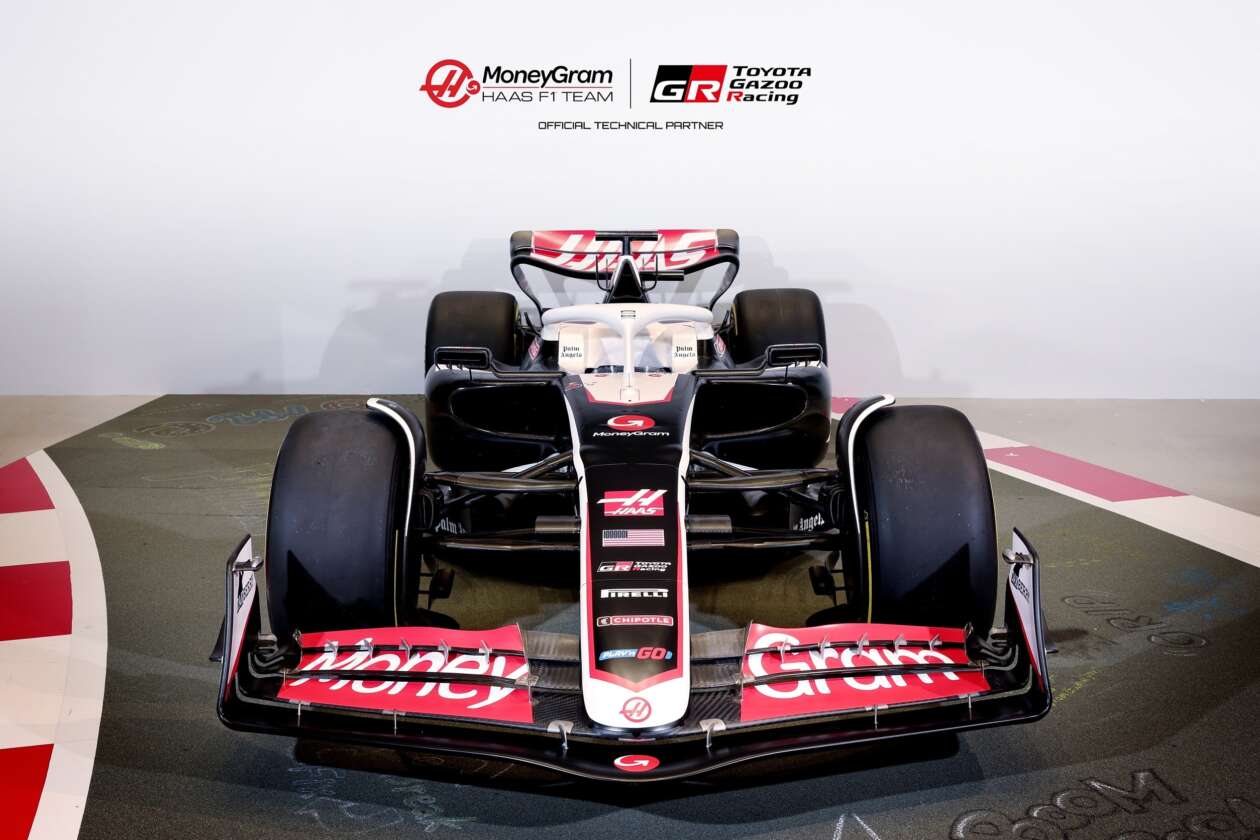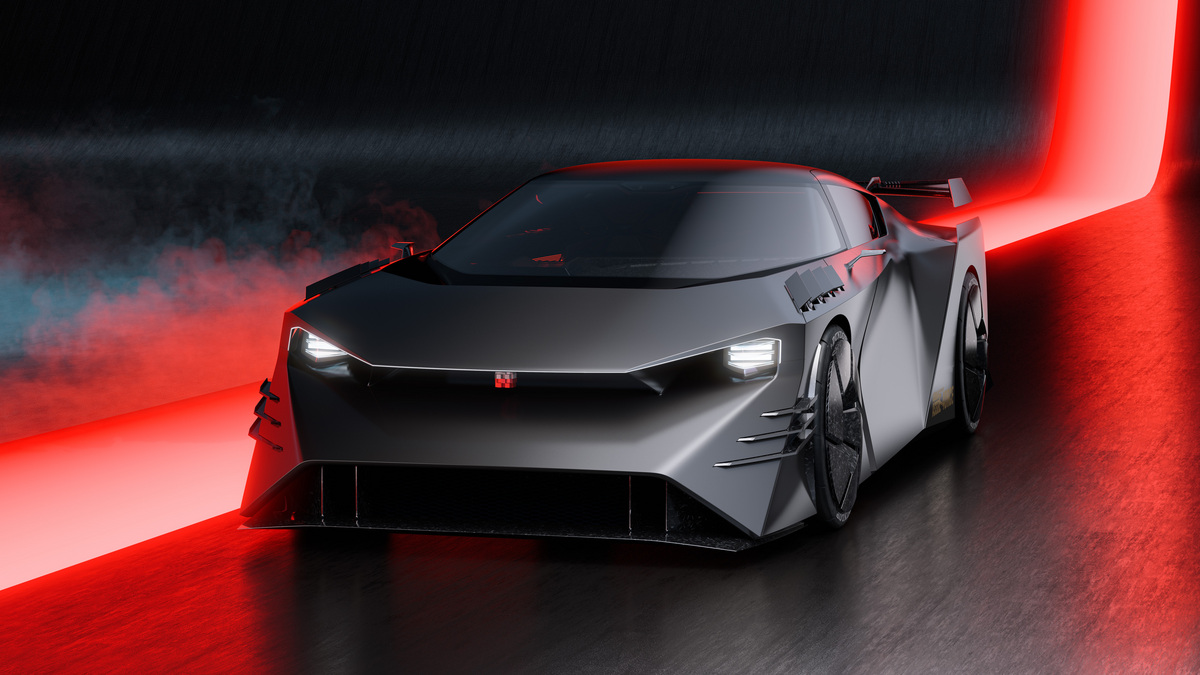
Before the age of mass-production, cars were largely hand-built with every process done by humans. This allowed customisation as each car could be put together differently. With mass production, commonality was the key element and initially, Henry Ford (who introduced mass production to the auto industry) even kept the body colour to a single one – black. Over time, customer demand saw more colours being offered, as well as some degree of choice in equipment and features.
The painting of cars today is largely done by robots which can provide a high-quality finish consistently. However, the drawback of robots is that customisation is very limited and for more personalised finishing, humans still have to do the painting. Naturally, there is extra cost to such a specialised job, hence it is usually only offered in the upper end of the market with expensive models.
However, ABB Robotics shows that robots can be used to paint complex designs on car bodies without human intervention. In a recent demonstration, the company’s IRB 500 robots were able to reproduce complex artworks on a car’s exterior in less than 30 minutes. The artworks were provided by two world-renowned artists, 8-year old Indian child prodigy Advait Kolarkar and Dubai-based digital design collective Illusorr.
The IRB 5500 paint robots, equipped with 1,000 nozzles in the printer head, were controlled with ABB’s PixelPaint technology which provides extreme precision and speed, capturing intricate, elaborate detail that would be impossible to achieve by hand. This allowed the perfect recreation of Advait’s swirling, monochromatic design as well as Illusorr’s tri-colour geometrical patterns.
“ABB’s PixelPaint technology is more than an evolution – it is a revolution. It’s a shining example of how robotic automation and our RobotStudio software can not only pave the way for more sustainable manufacturing but can also perfectly replicate delicate pieces of art that celebrate the originality and beauty of the human spirit. At a time when consumers want more customized products, PixelPaint is a game-changer and allows any design to be replicated in a manner that is both sustainable and affordable,” said Sami Atiya, President of ABB’s Robotics & Discrete Automation Business Area.
ABB’s PixelPaint technology reimagines the paint application process and reflects the growing demand for sustainable personalization in the automotive industry, particularly in exterior paint. Multi-coloured car painting has traditionally been a laborious and costly process involving multiple stages of masking and unmasking but ABB’s technology allows for a detailed, colourful, and exact replication of any design.
PixelPaint technology also enhances manufacturing sustainability, removing the need for masking materials and extra ventilation, which lowers emissions while saving water and energy. Coordinated by the firm’s RobotStudio software, the paint head tracks very closely to the vehicle body to ensure 100% of the paint is applied to the car with no airborne misting. Different paint colours are applied quickly, with the product only running through the paint shop once. For car manufacturers, this can halve the production time and reduce costs by up to 60%.
Carefully controlled, the paint can be quickly applied in a single application. This breakthrough in the automation of the paint process opens the door to specialized and personalized designs to the automotive market. This would naturally be of great interest to carmakers that offer bespoke services.
Ian Callum, responsible for the design of the Aston Martin Vanquish and more recently the Jaguar I-Pace, is one of those in the industry who is impressed by the new technology. “There’s something very special about a car. People get emotionally attached to them and the importance of personalization is becoming stronger and stronger. In fact, I’m working with customers who actually want the whole car designed in a bespoke way. So this paint offering – with all sorts of new levels of individual design for a motorcar – is incredible,” the influential automotive designer said.
The BMW M1 Art Car presented in a new perspective 40 years later








